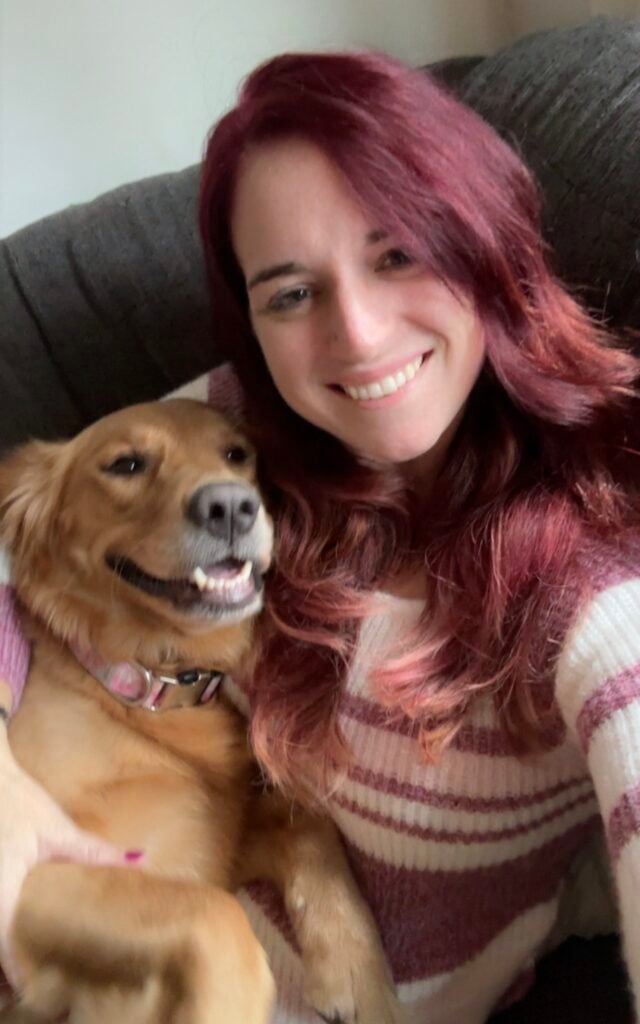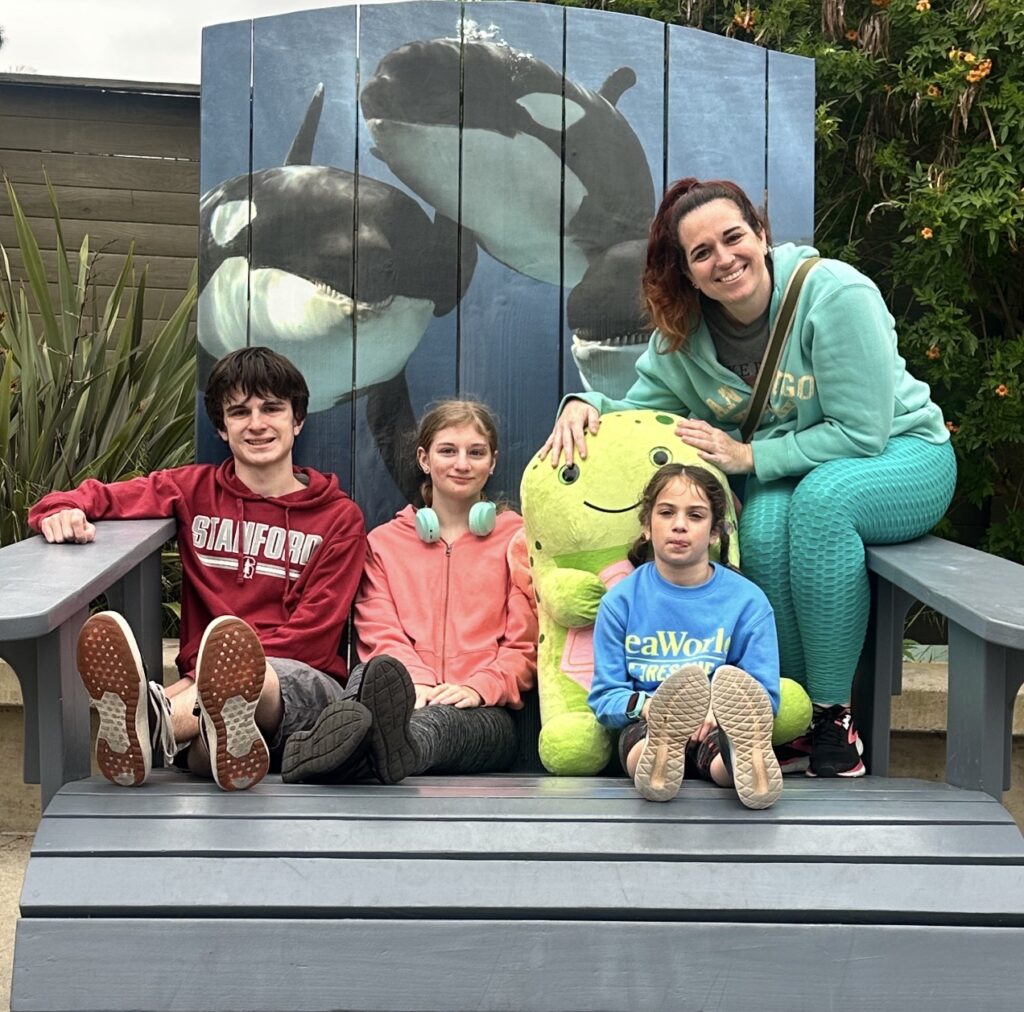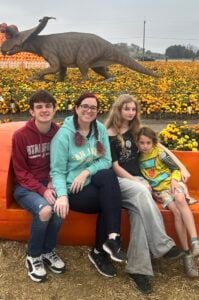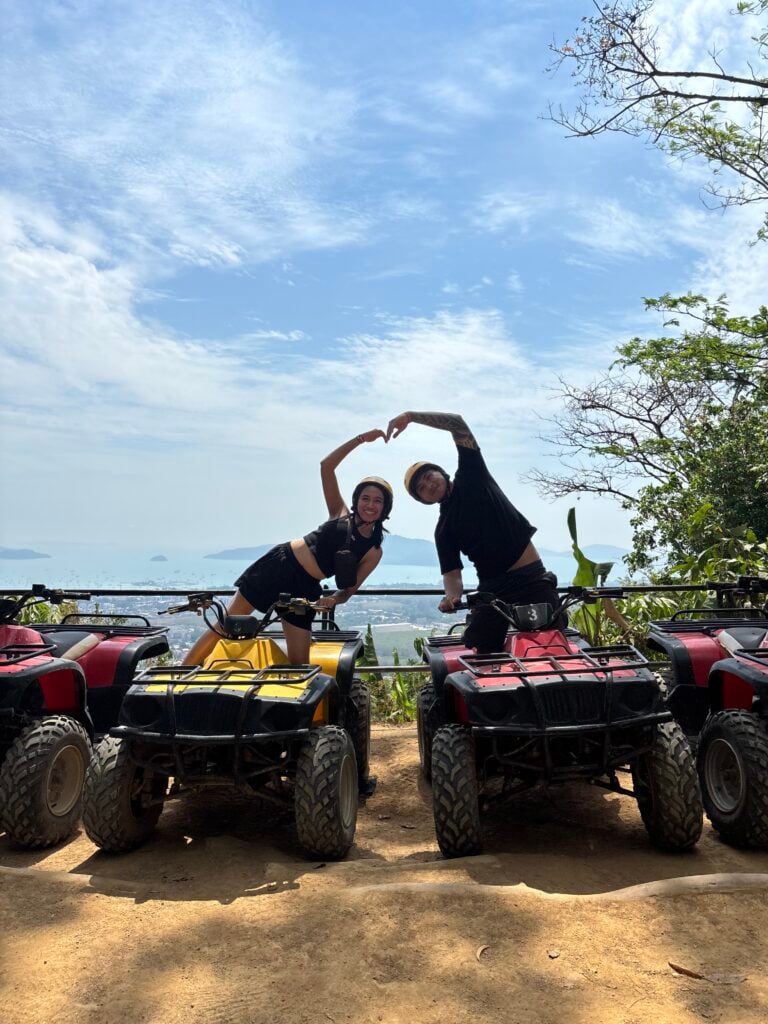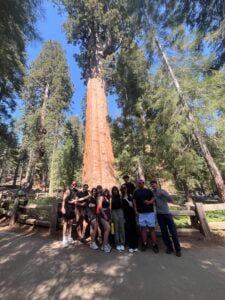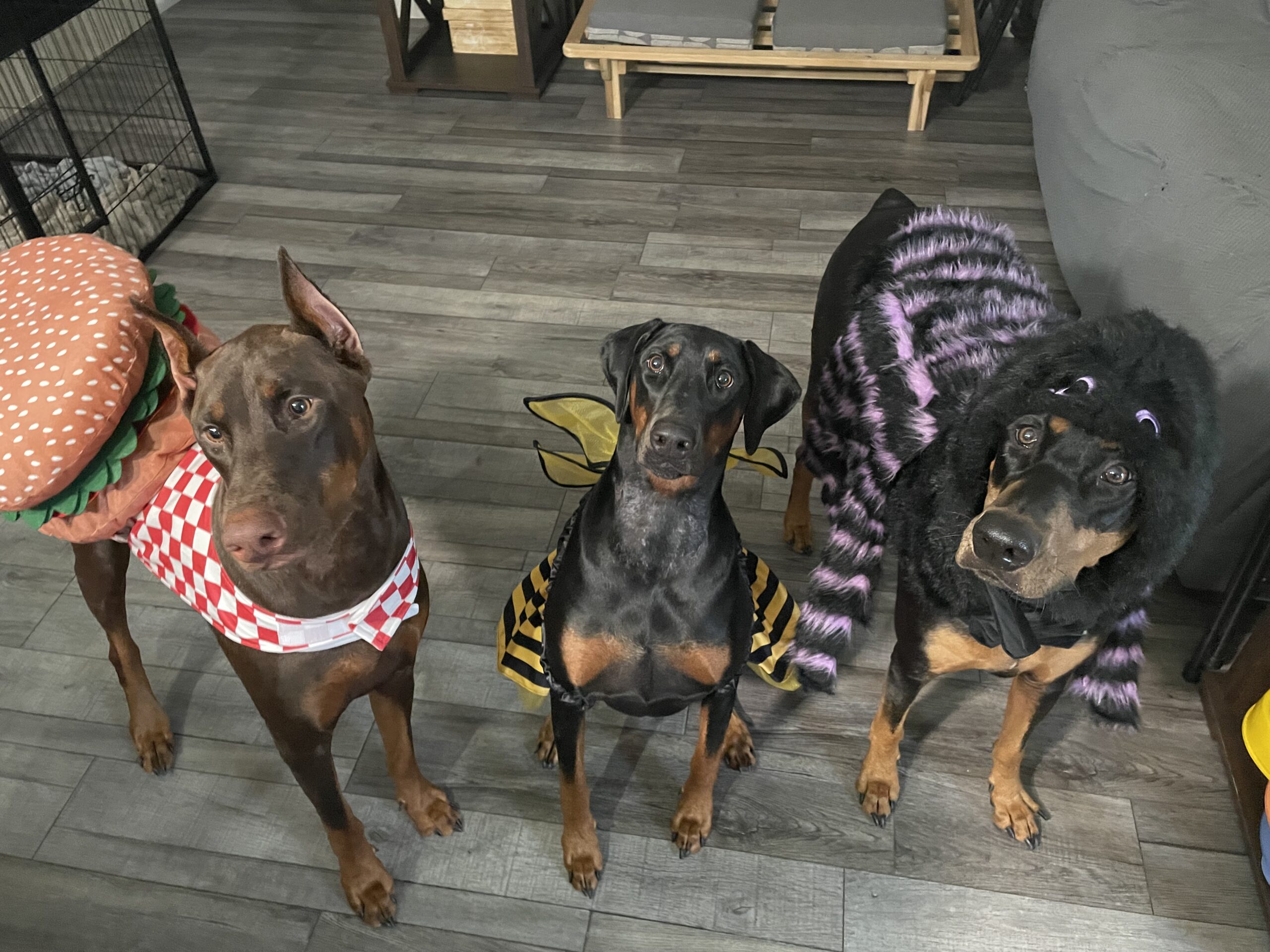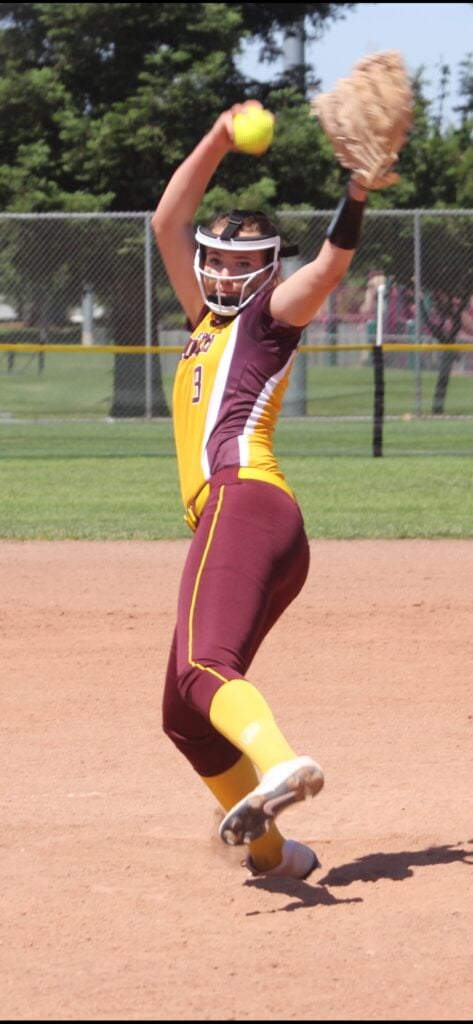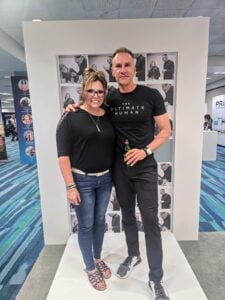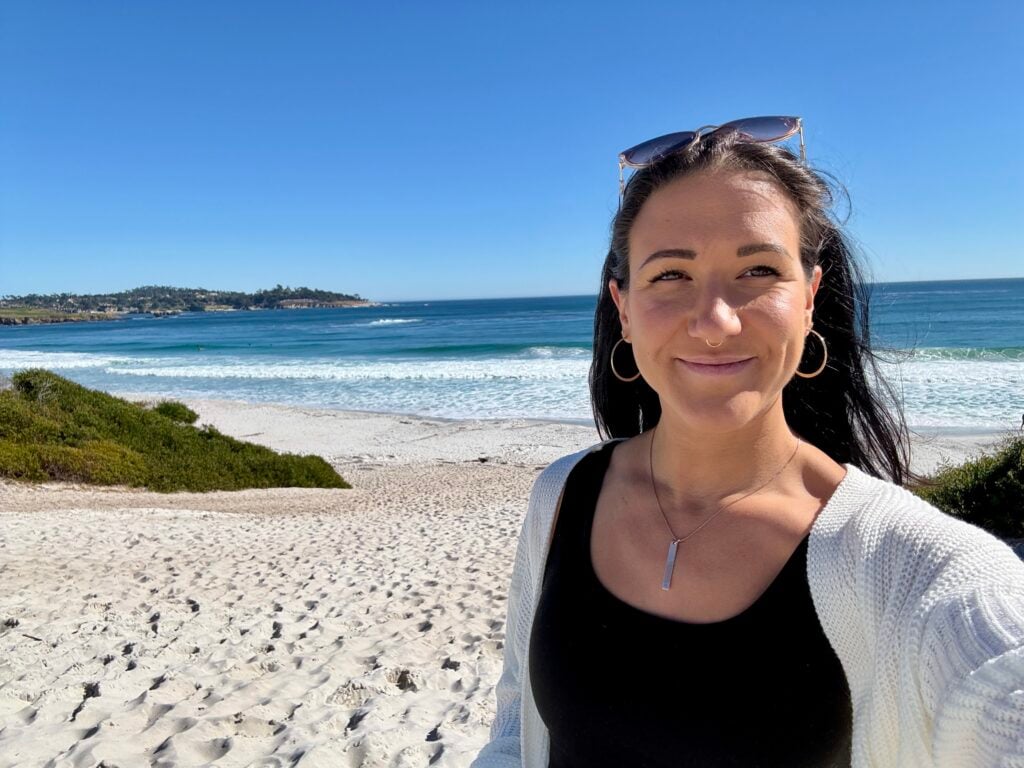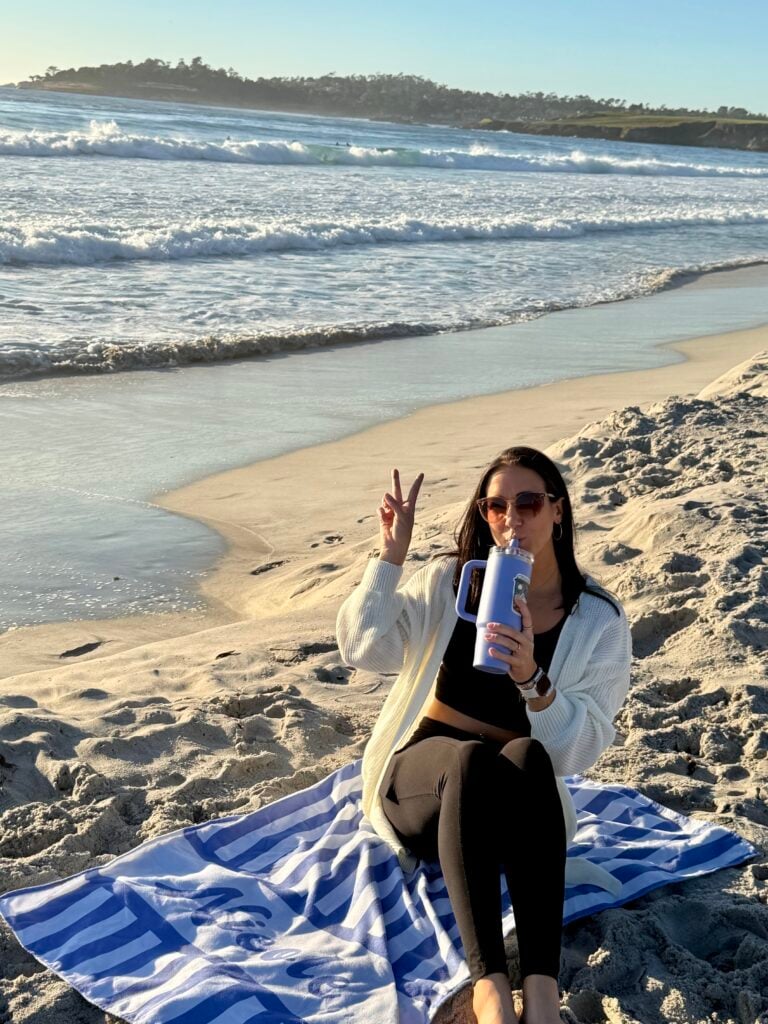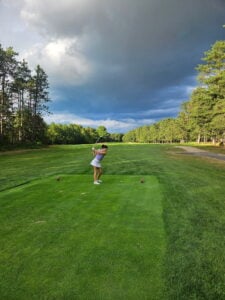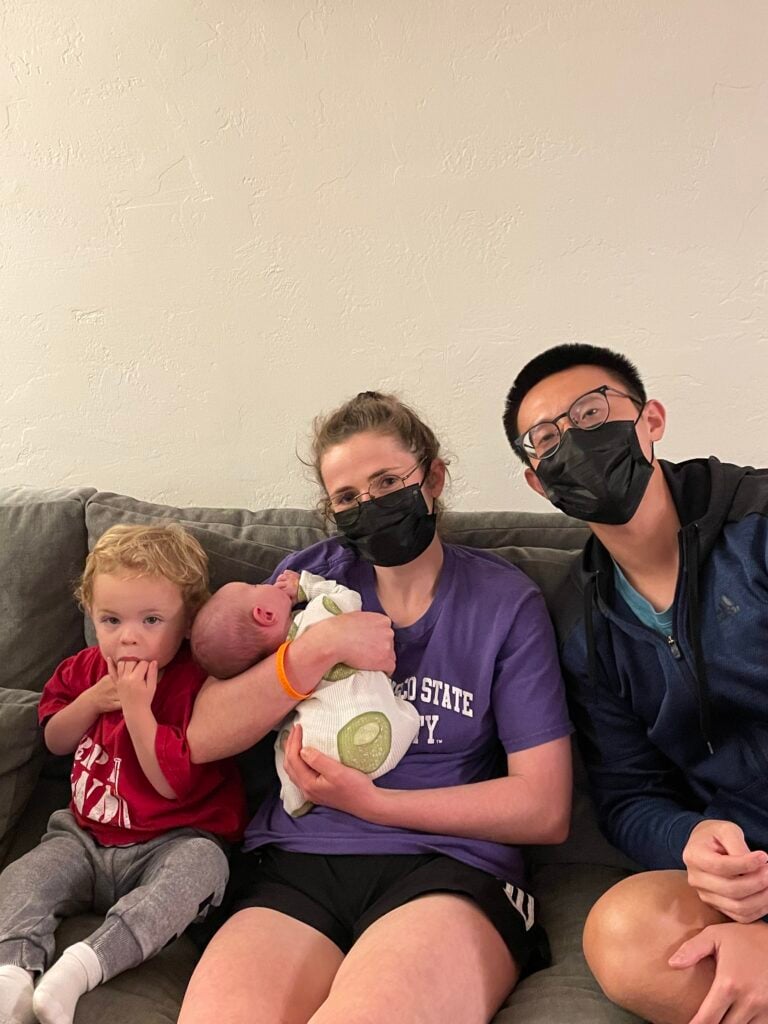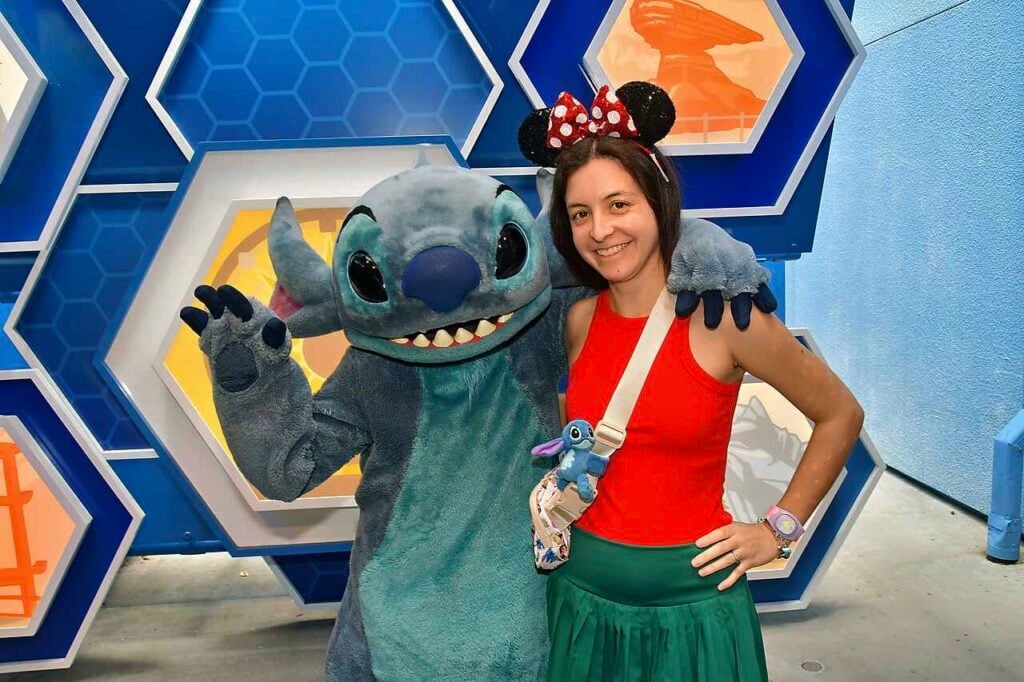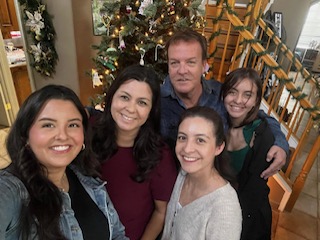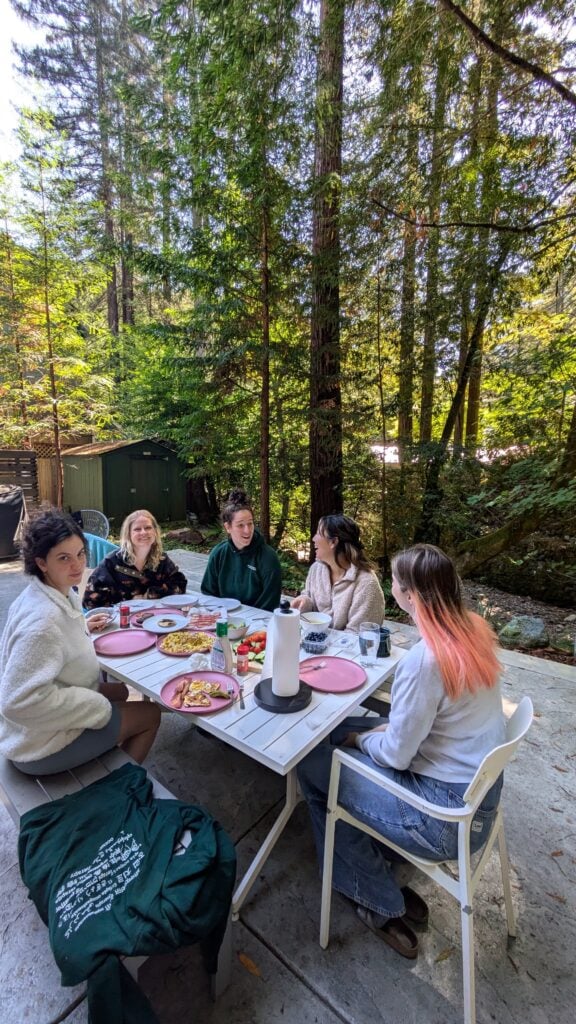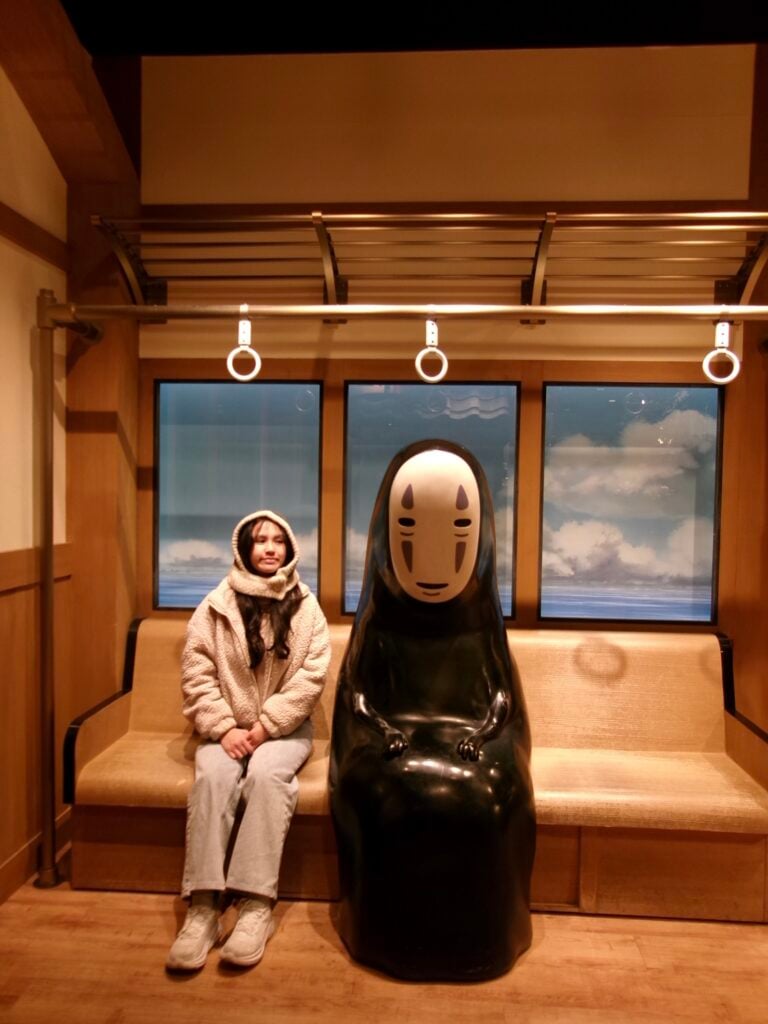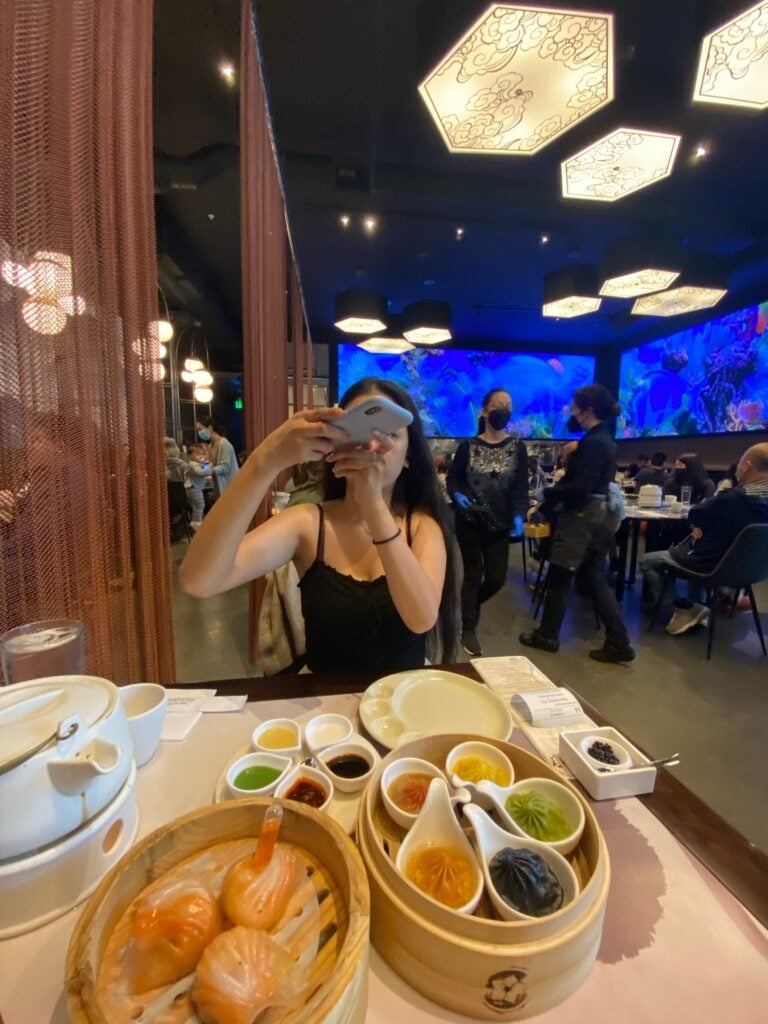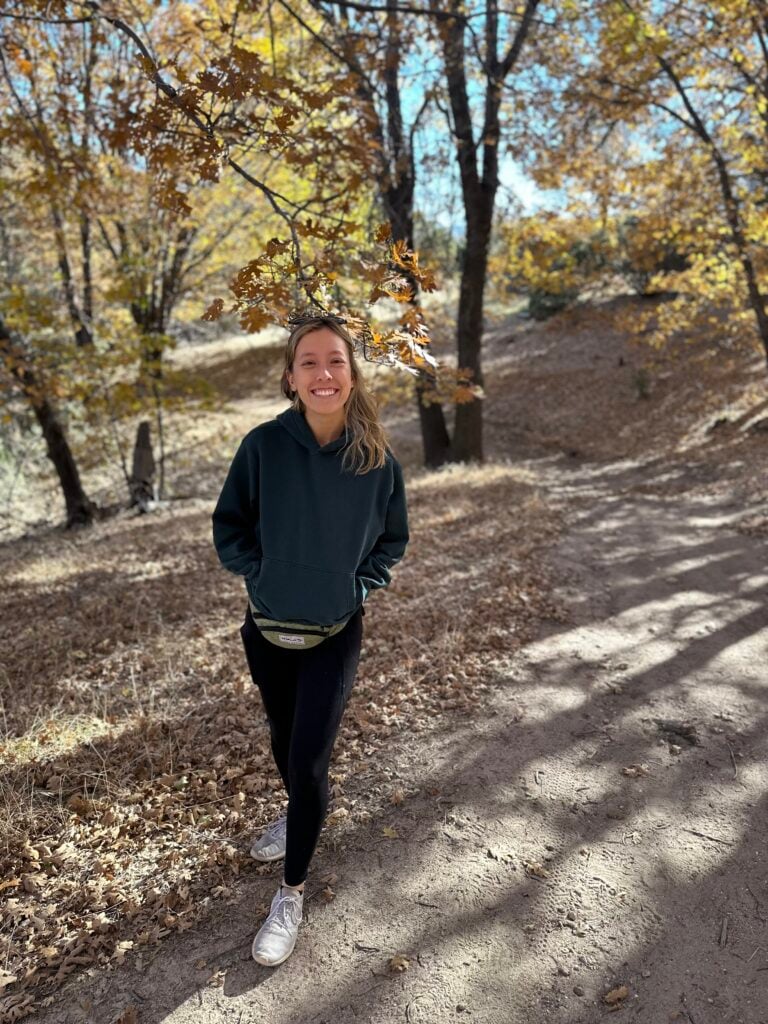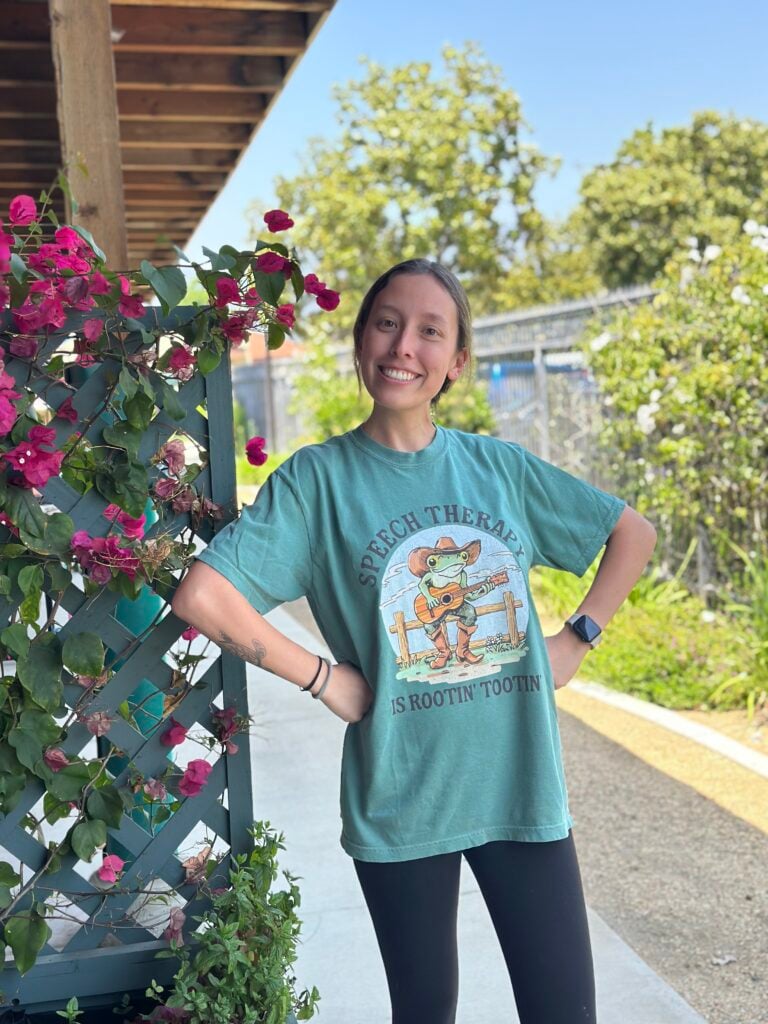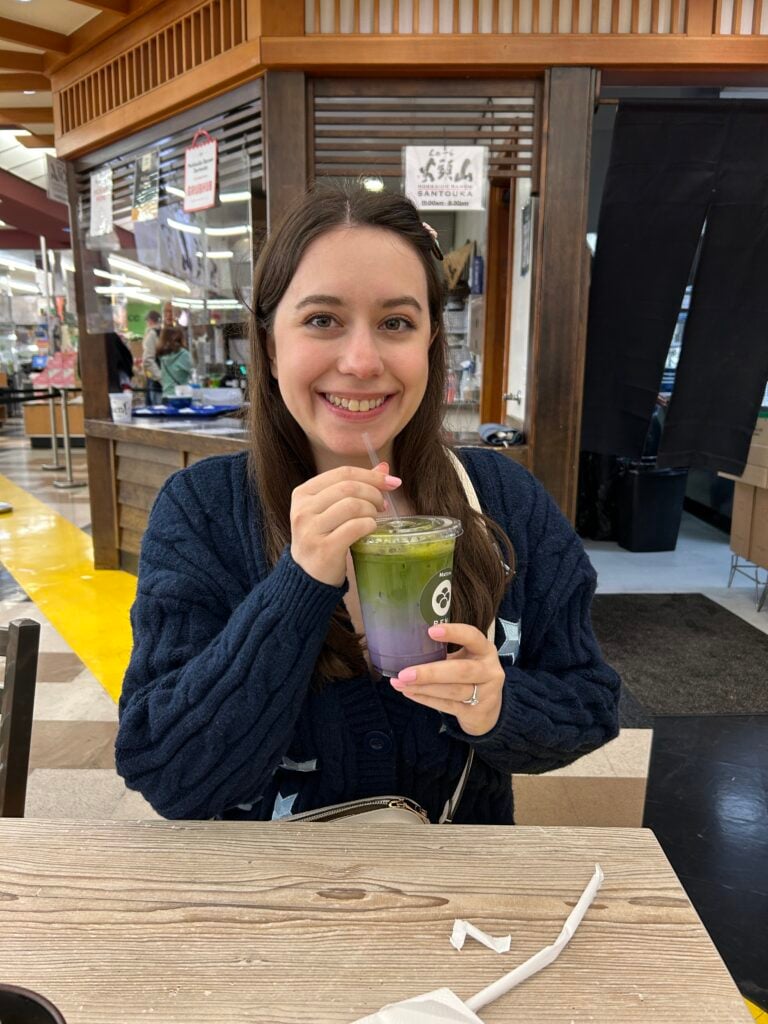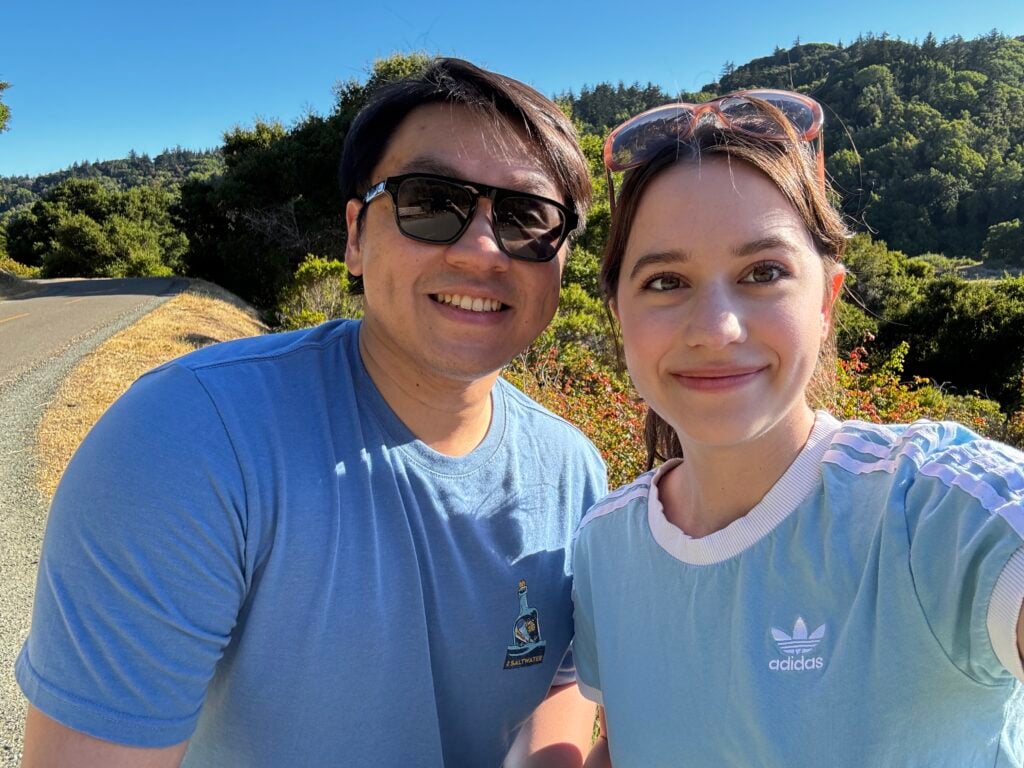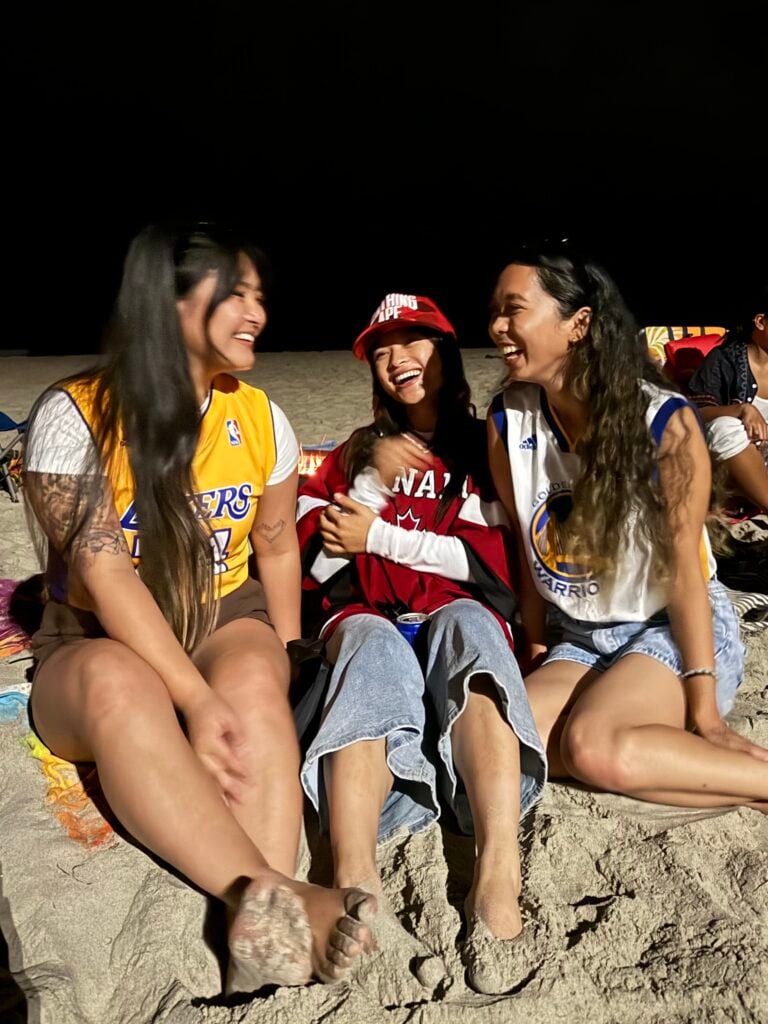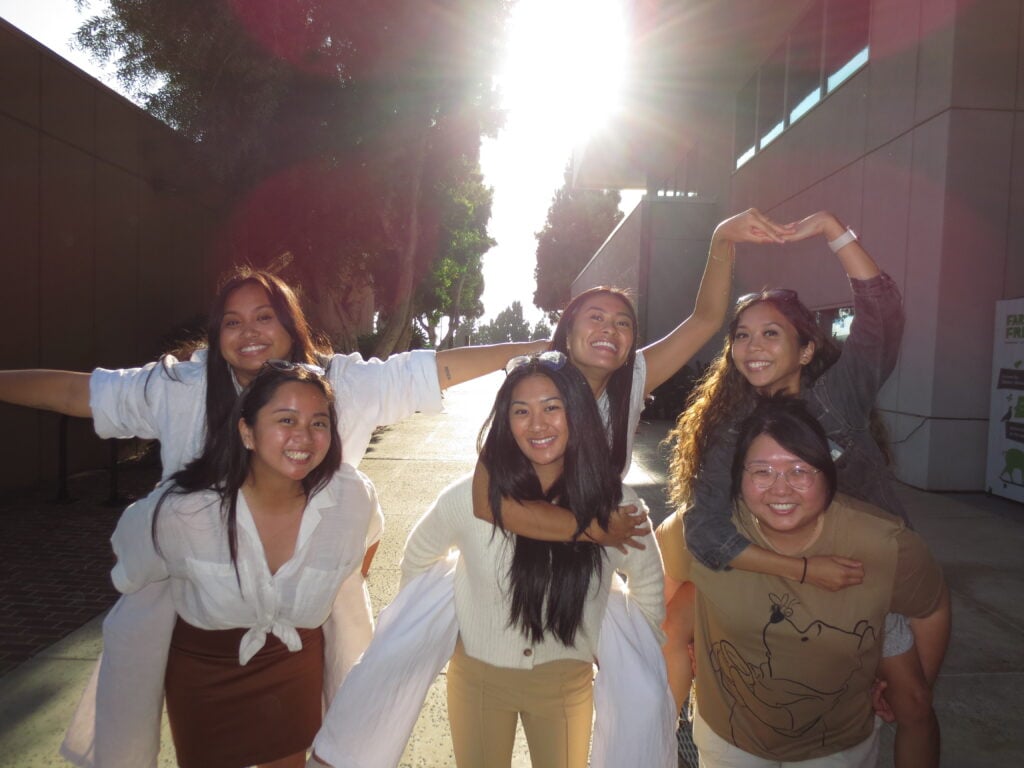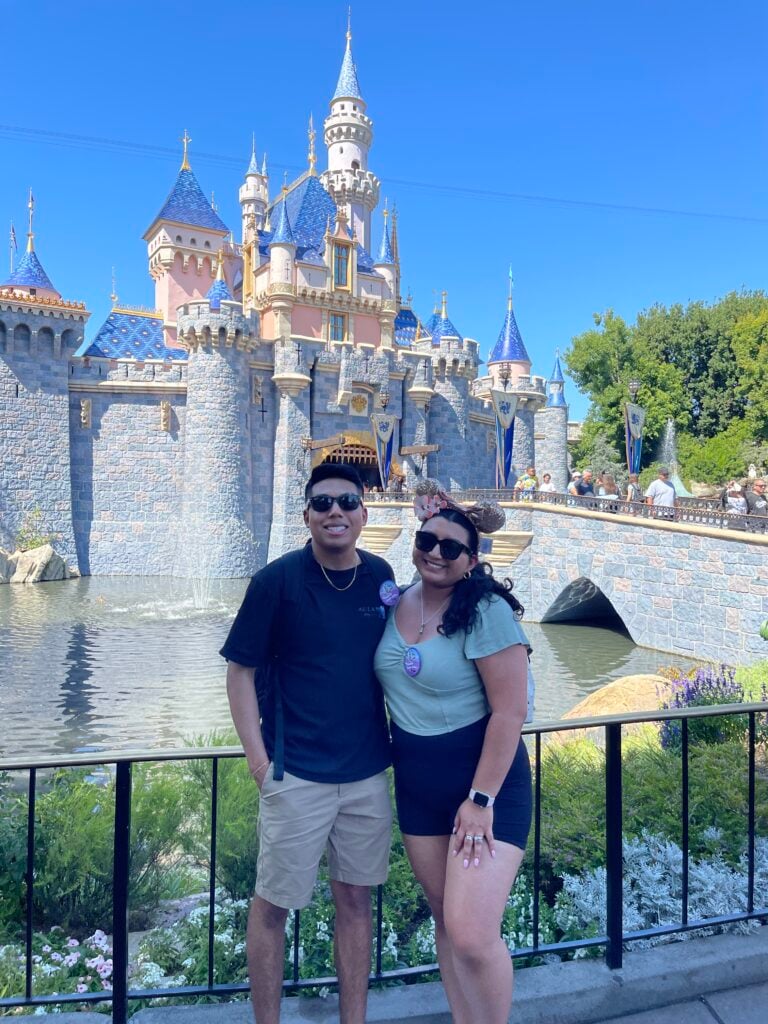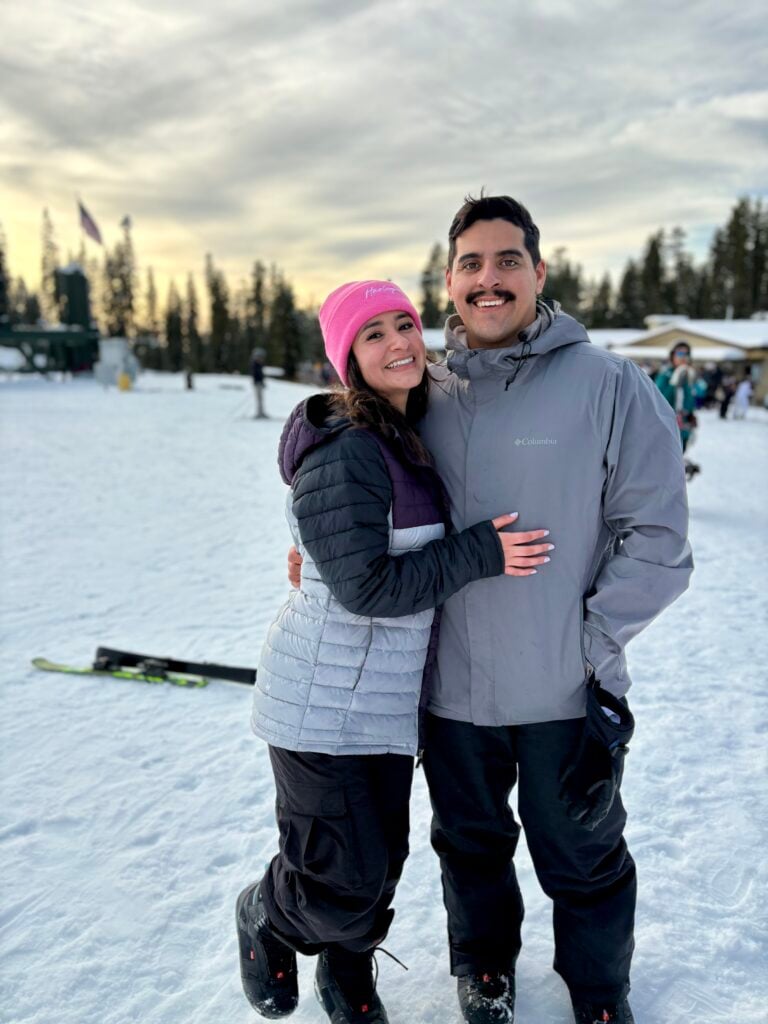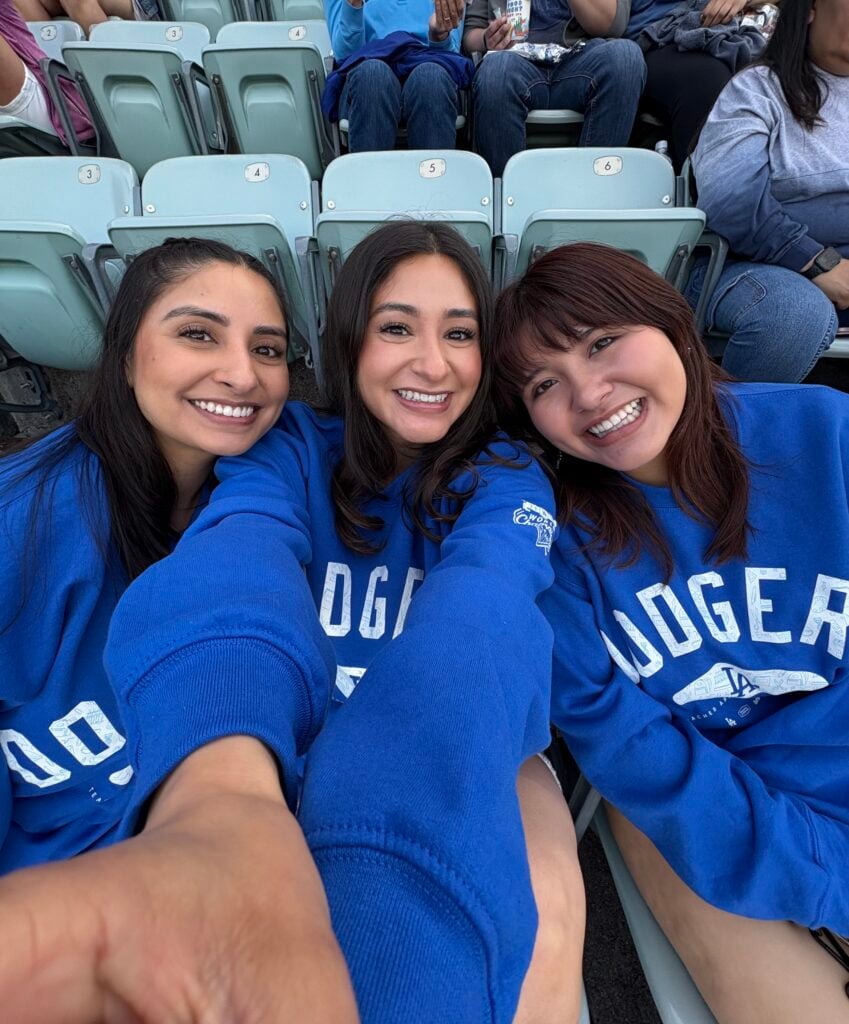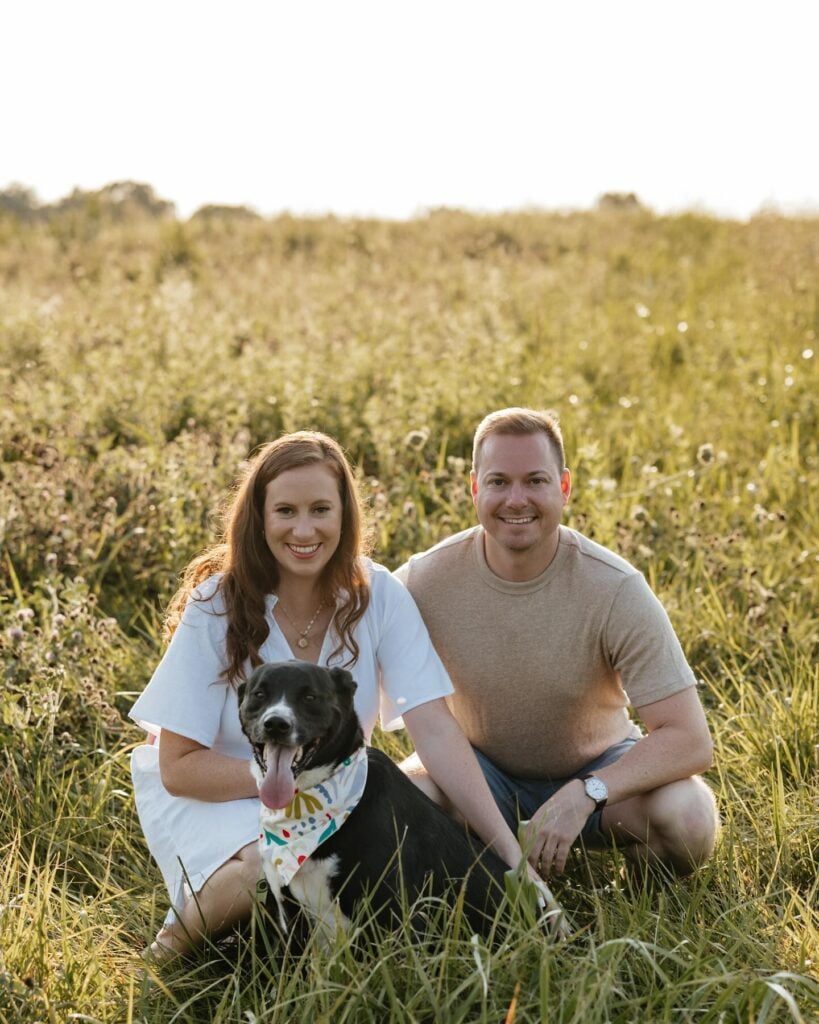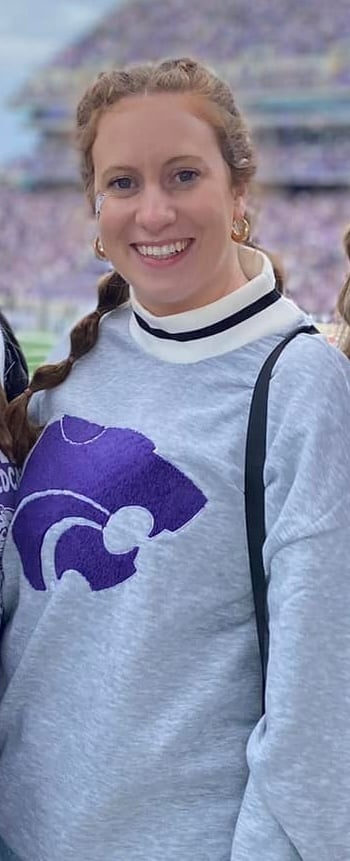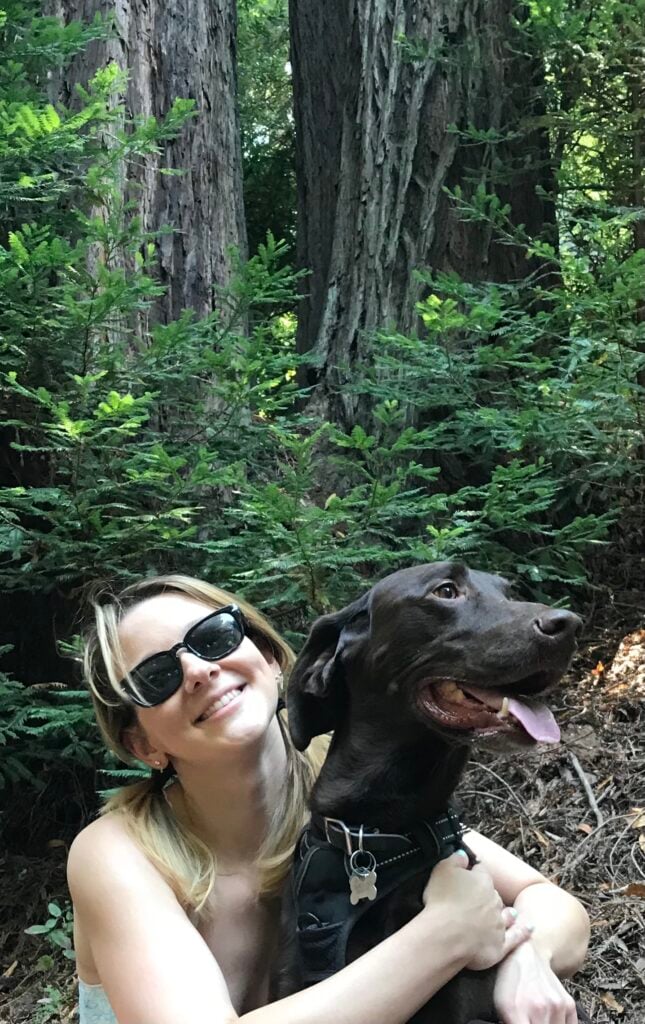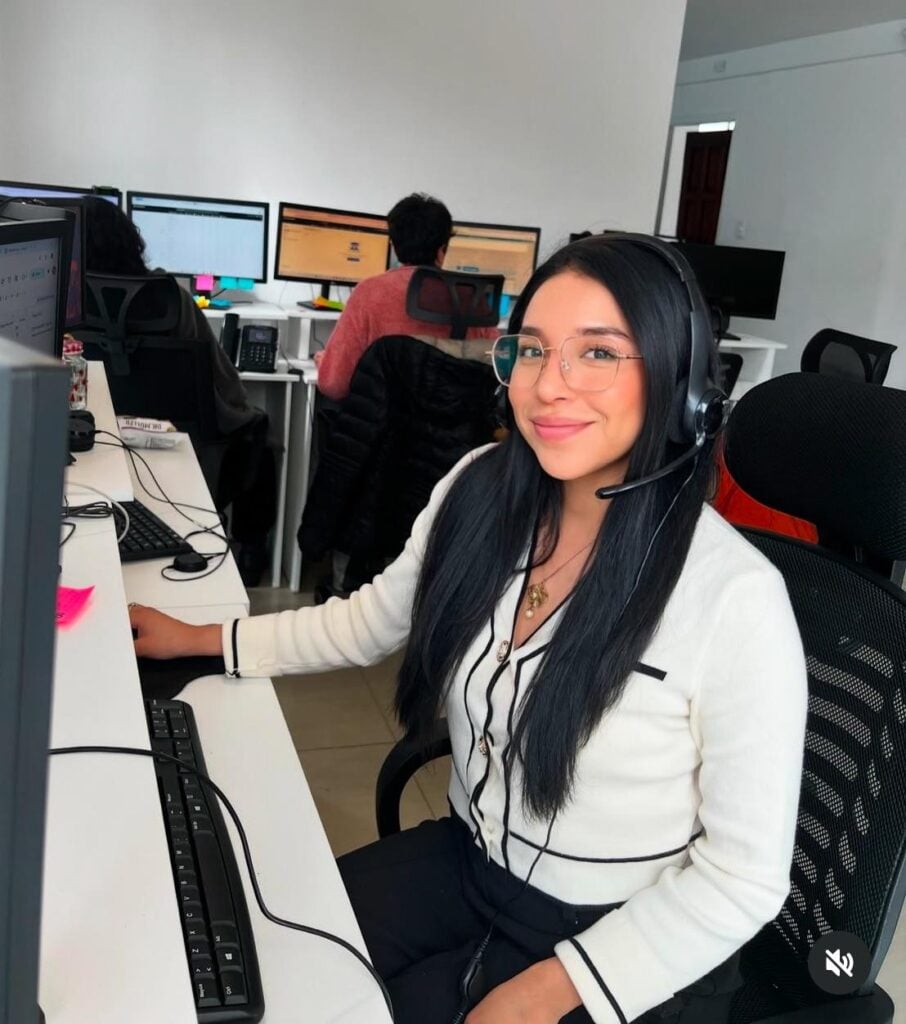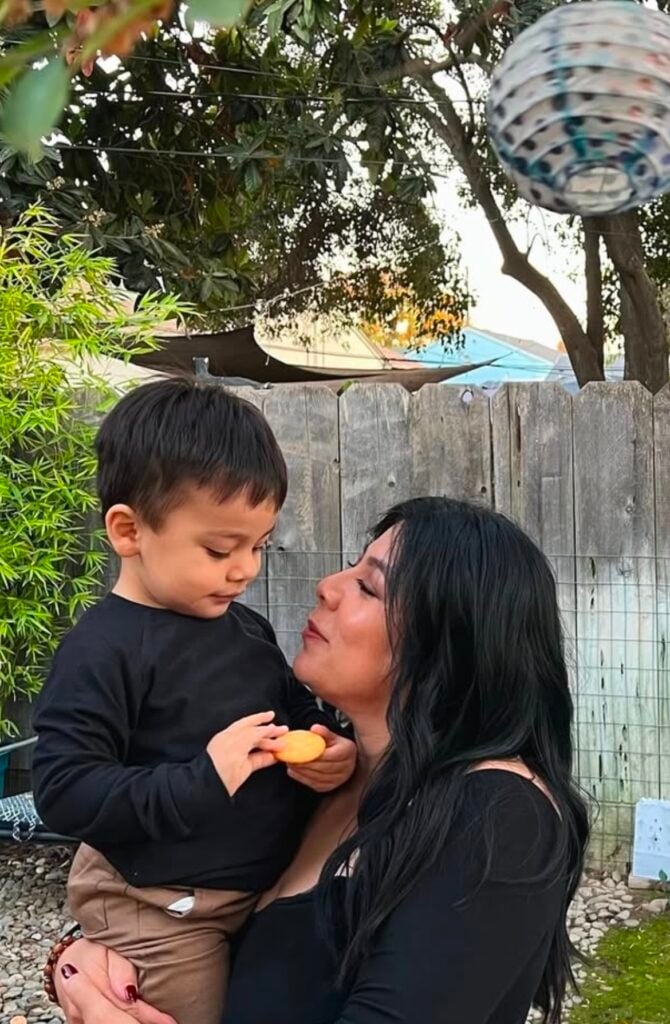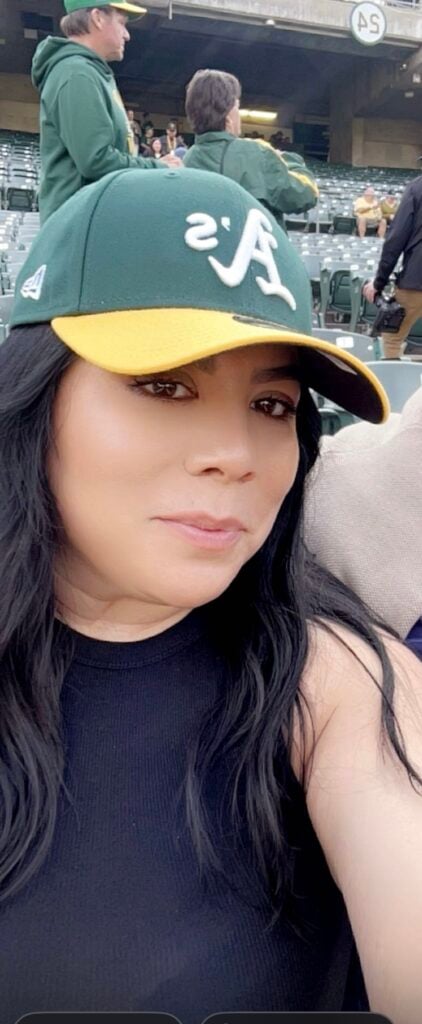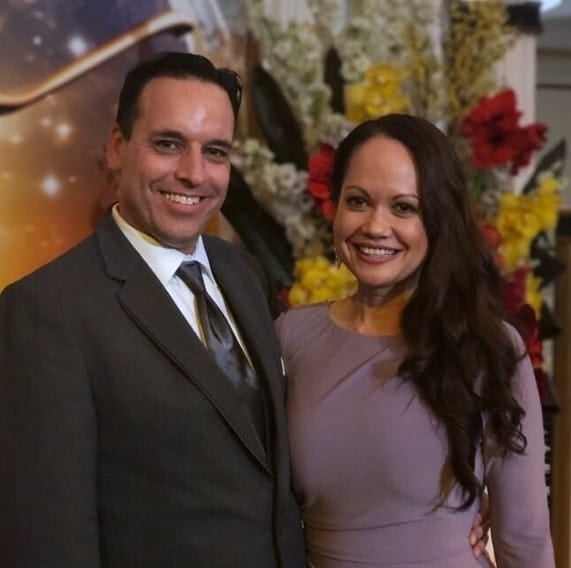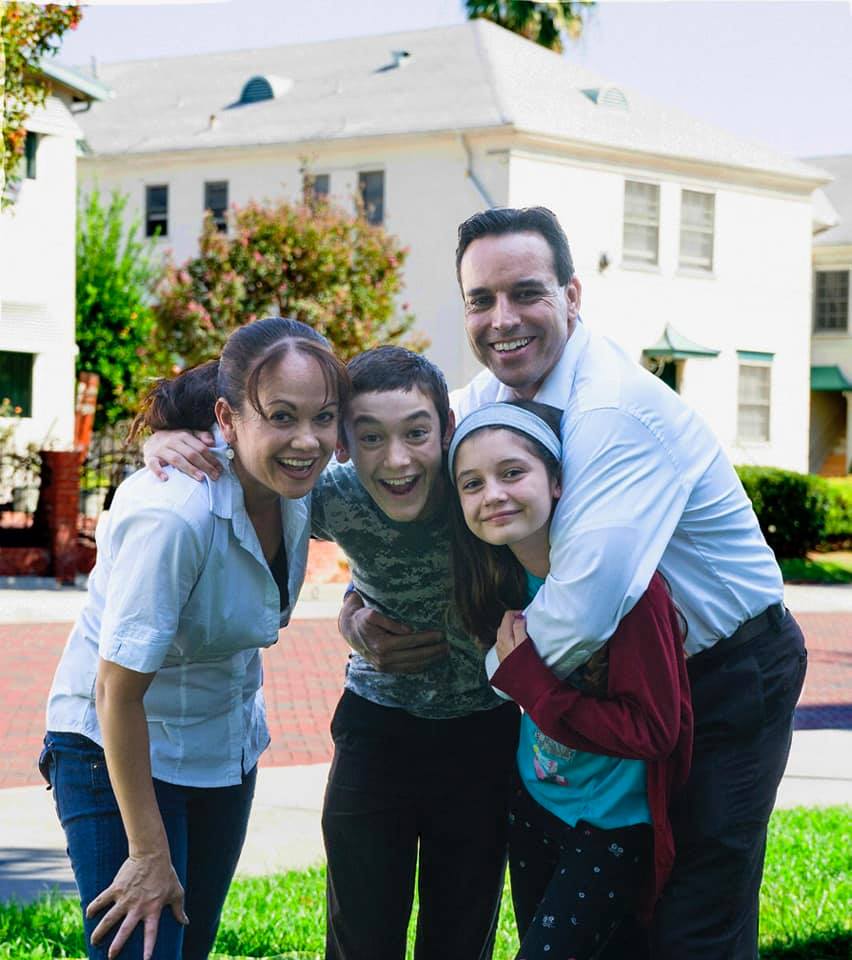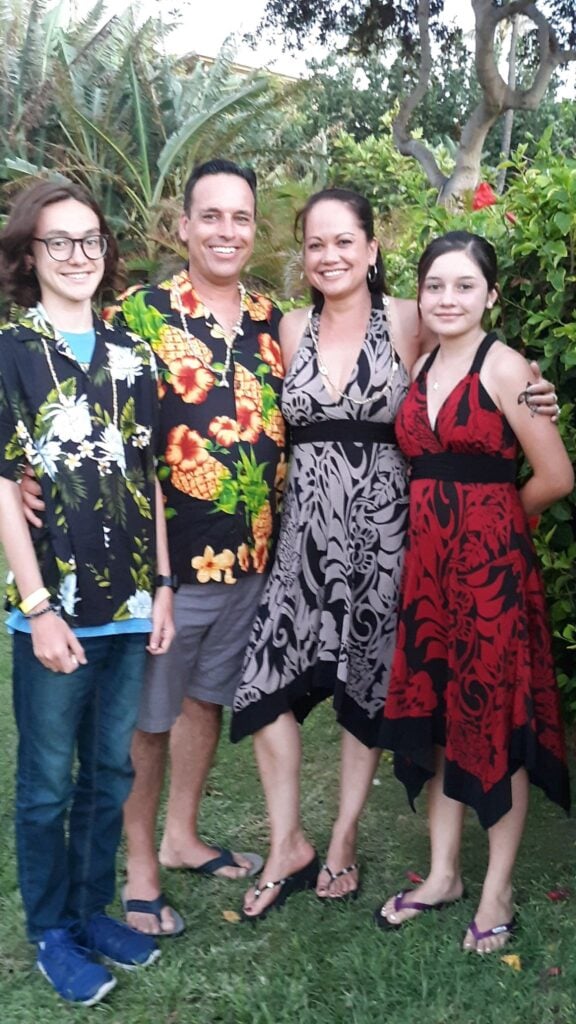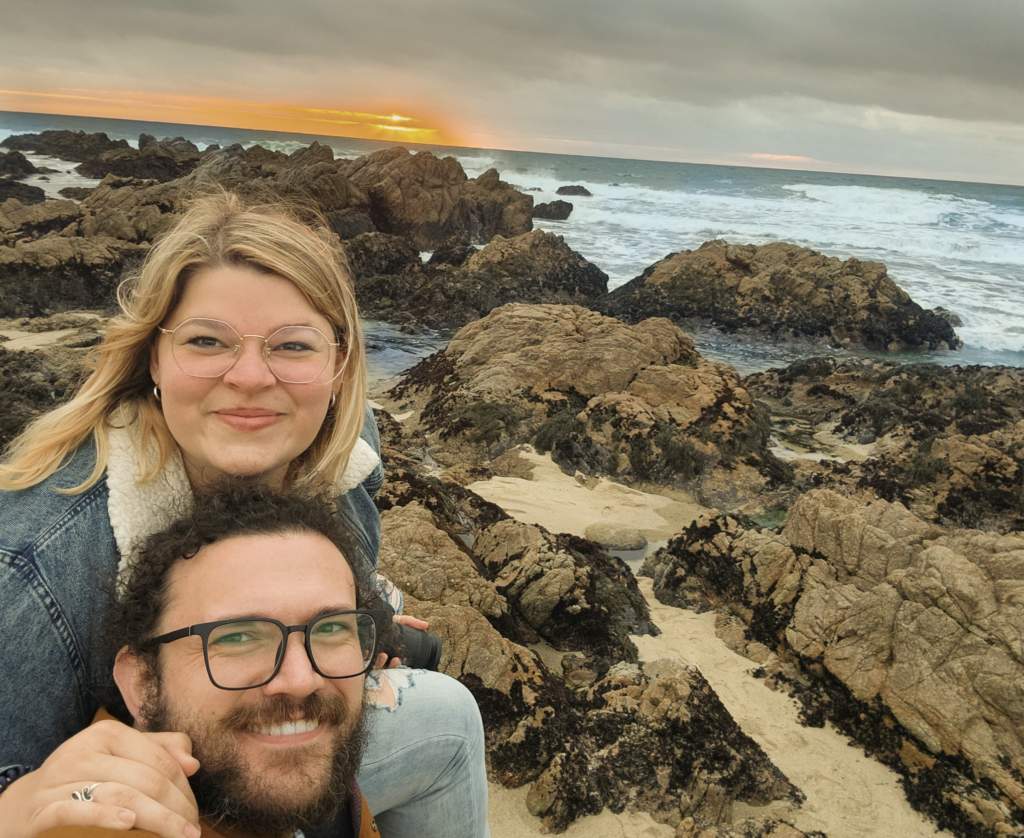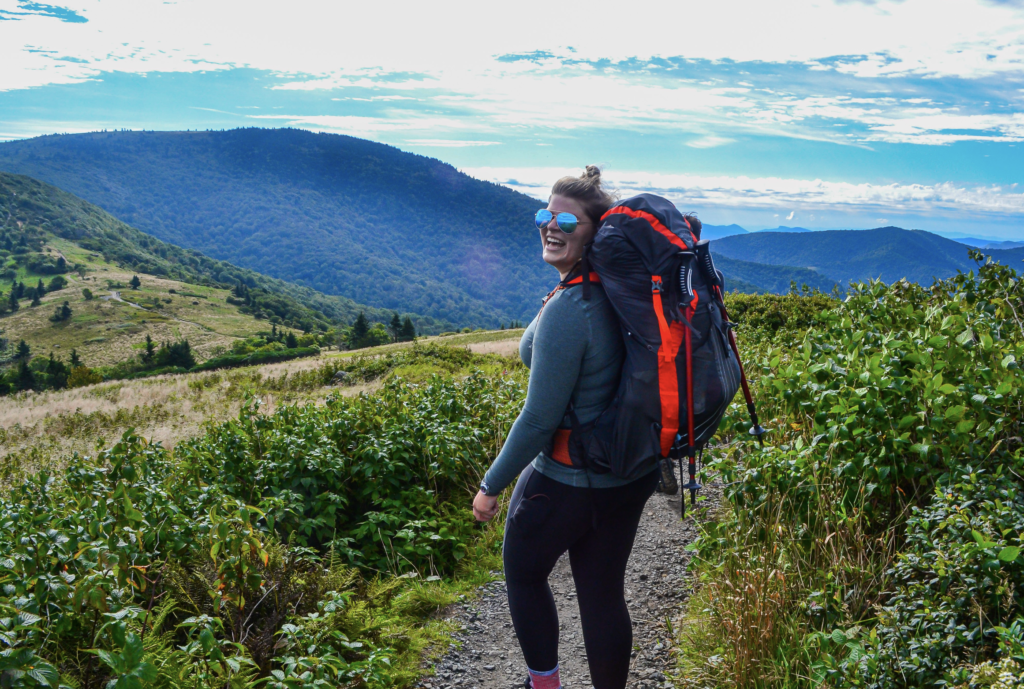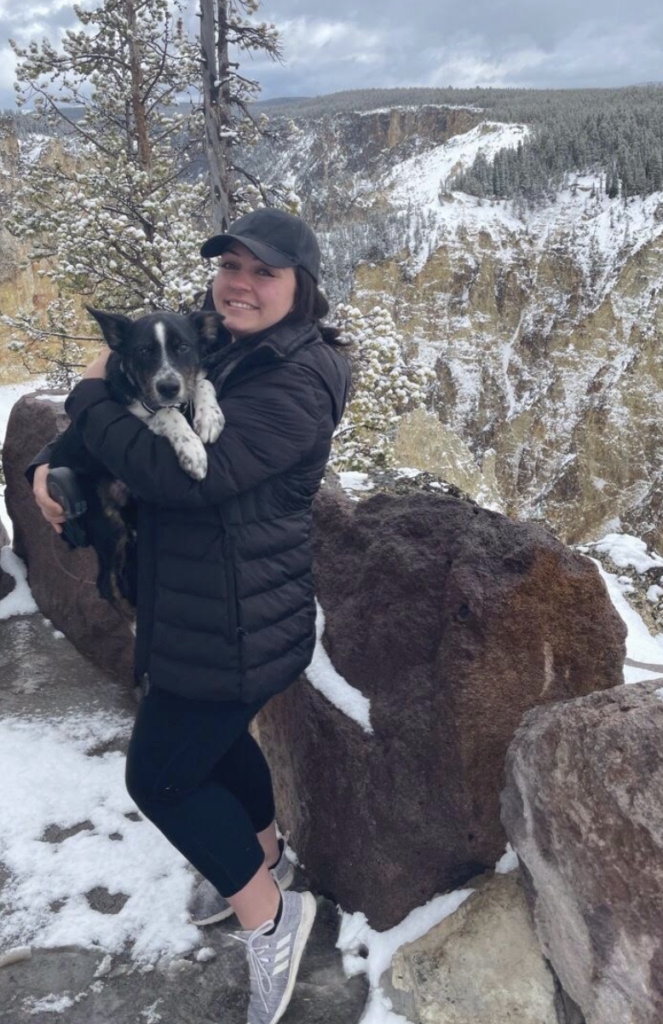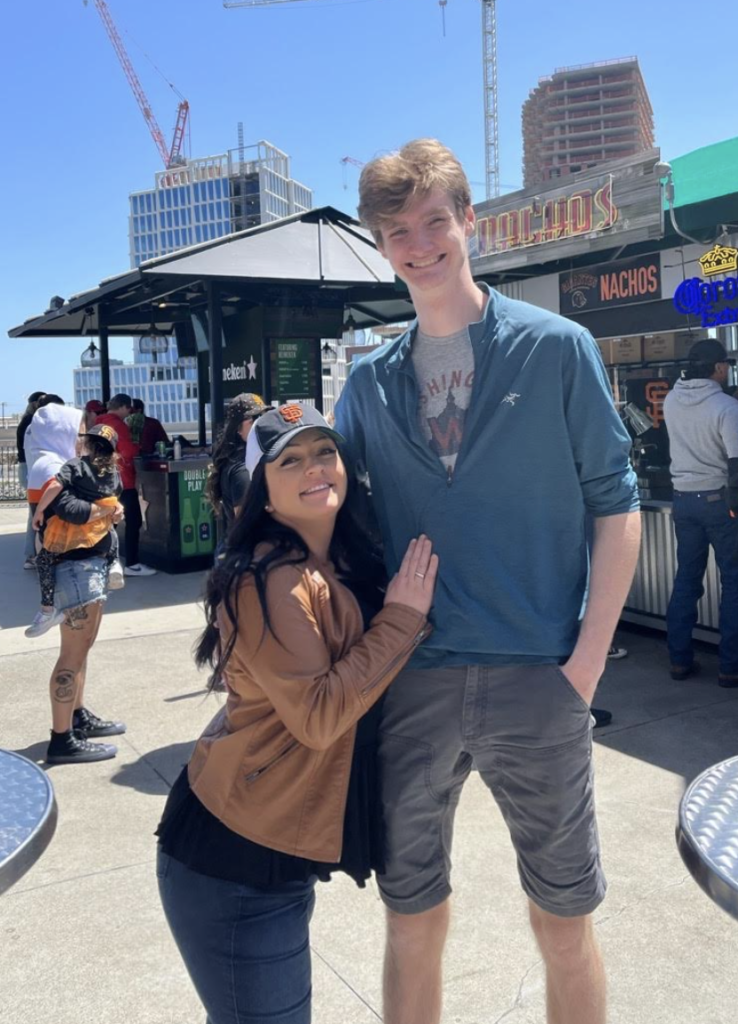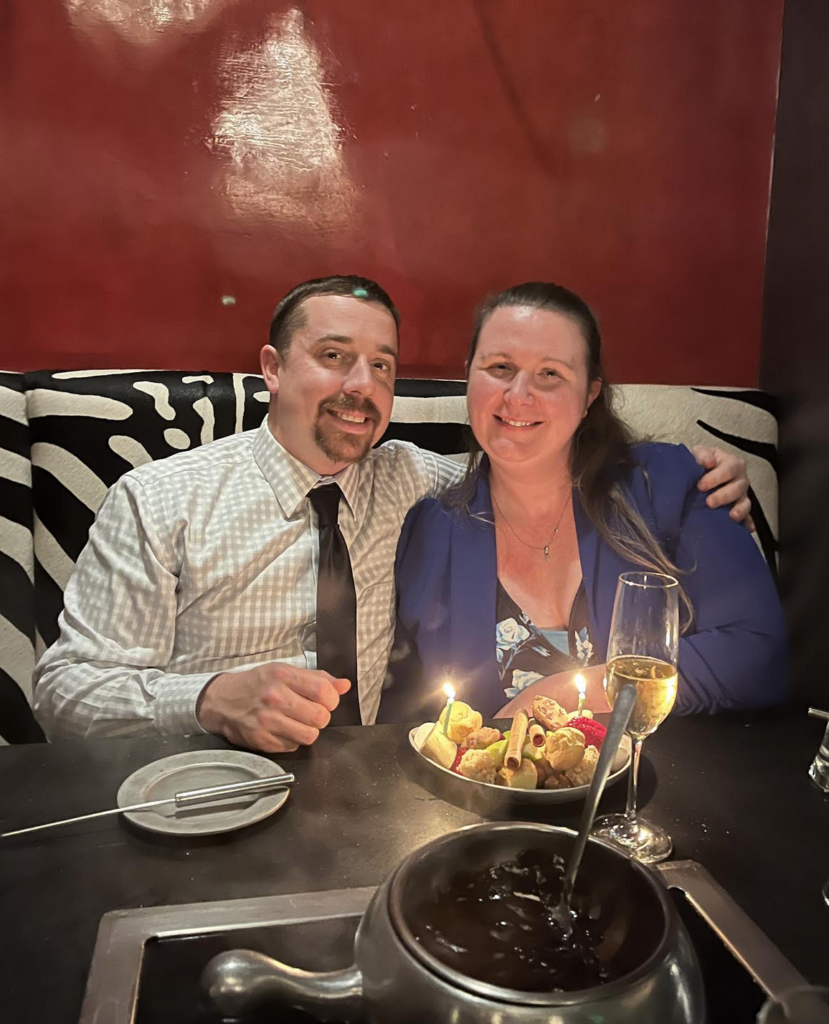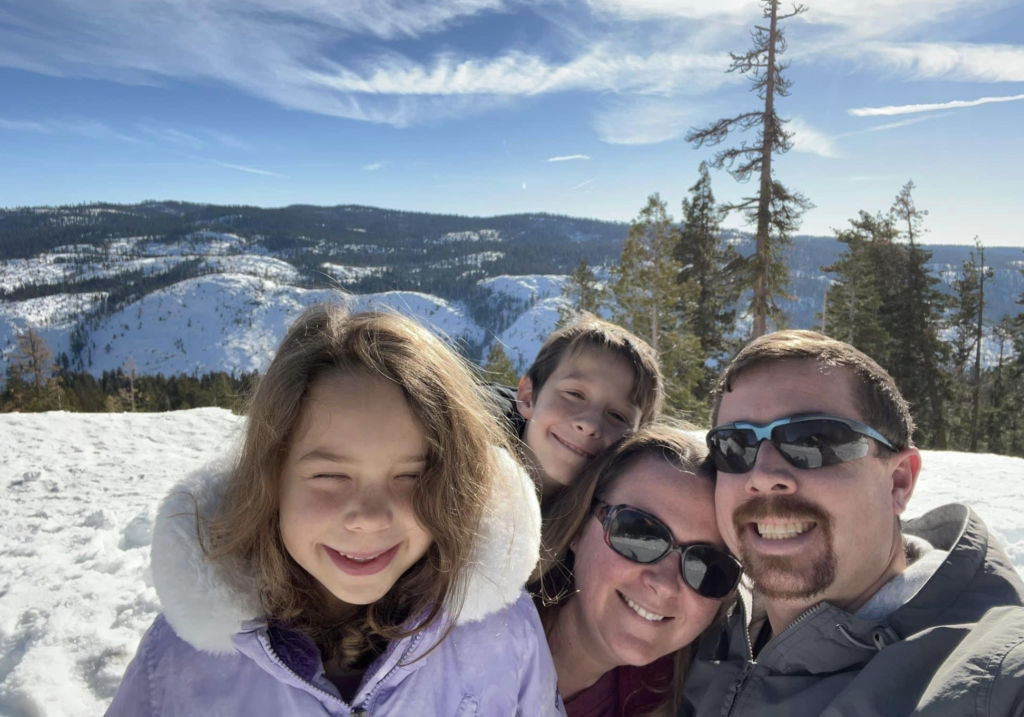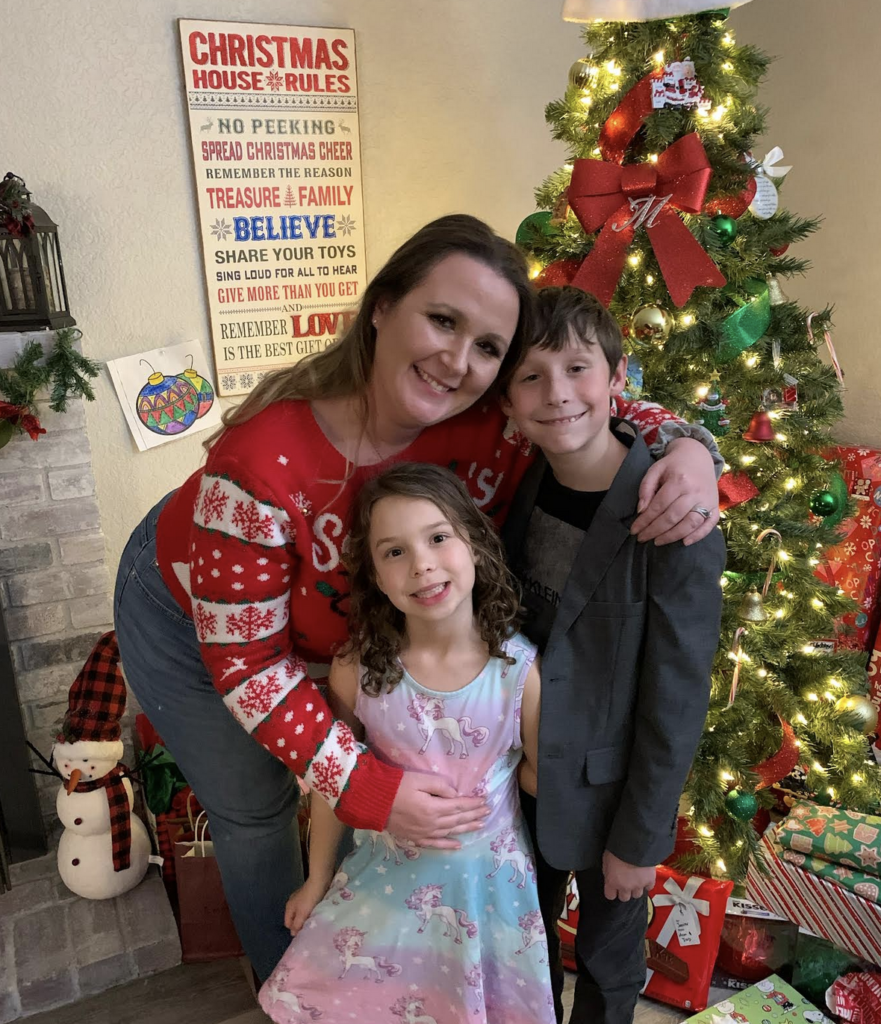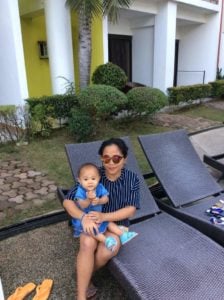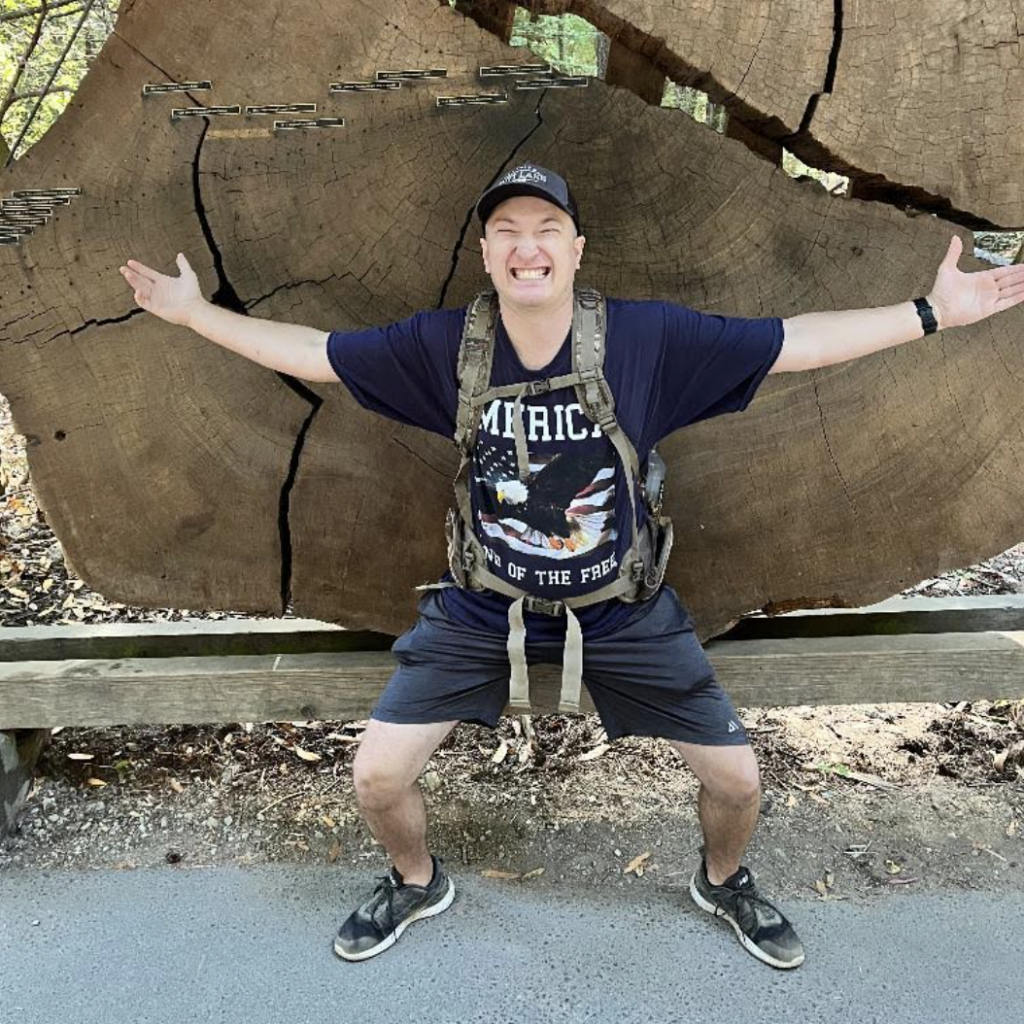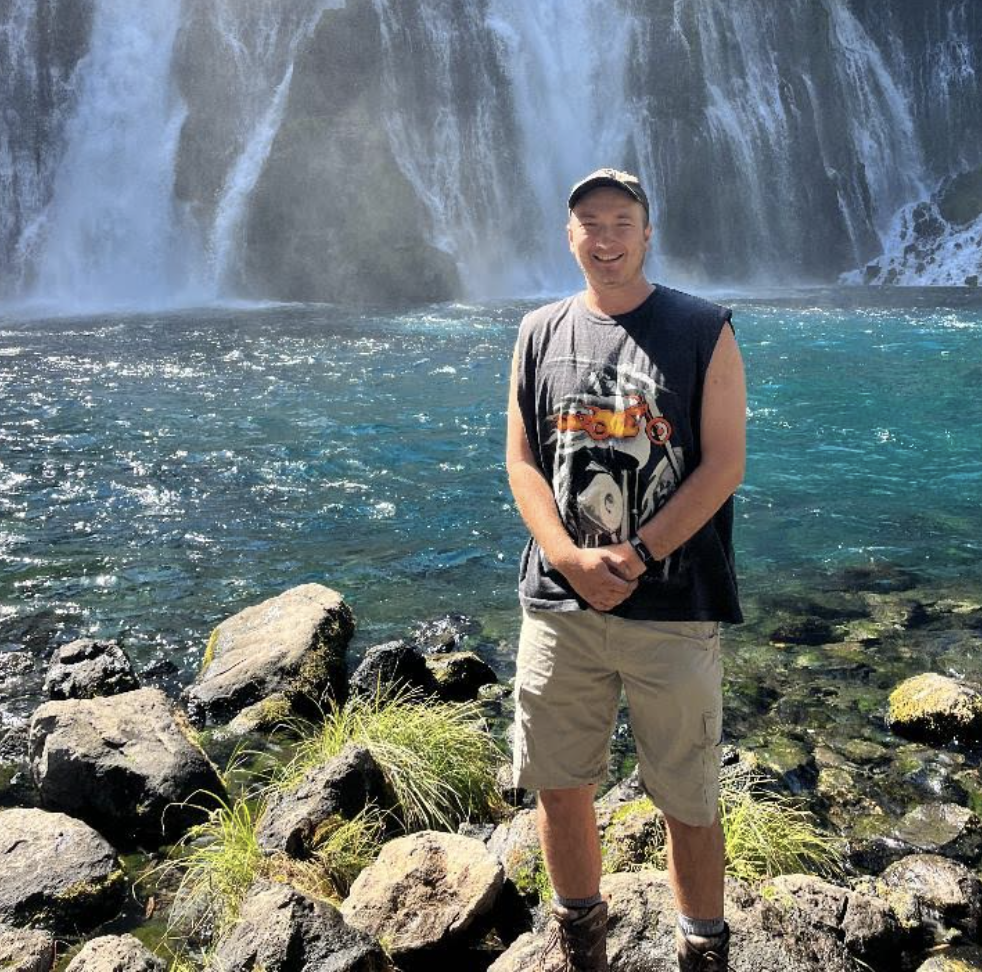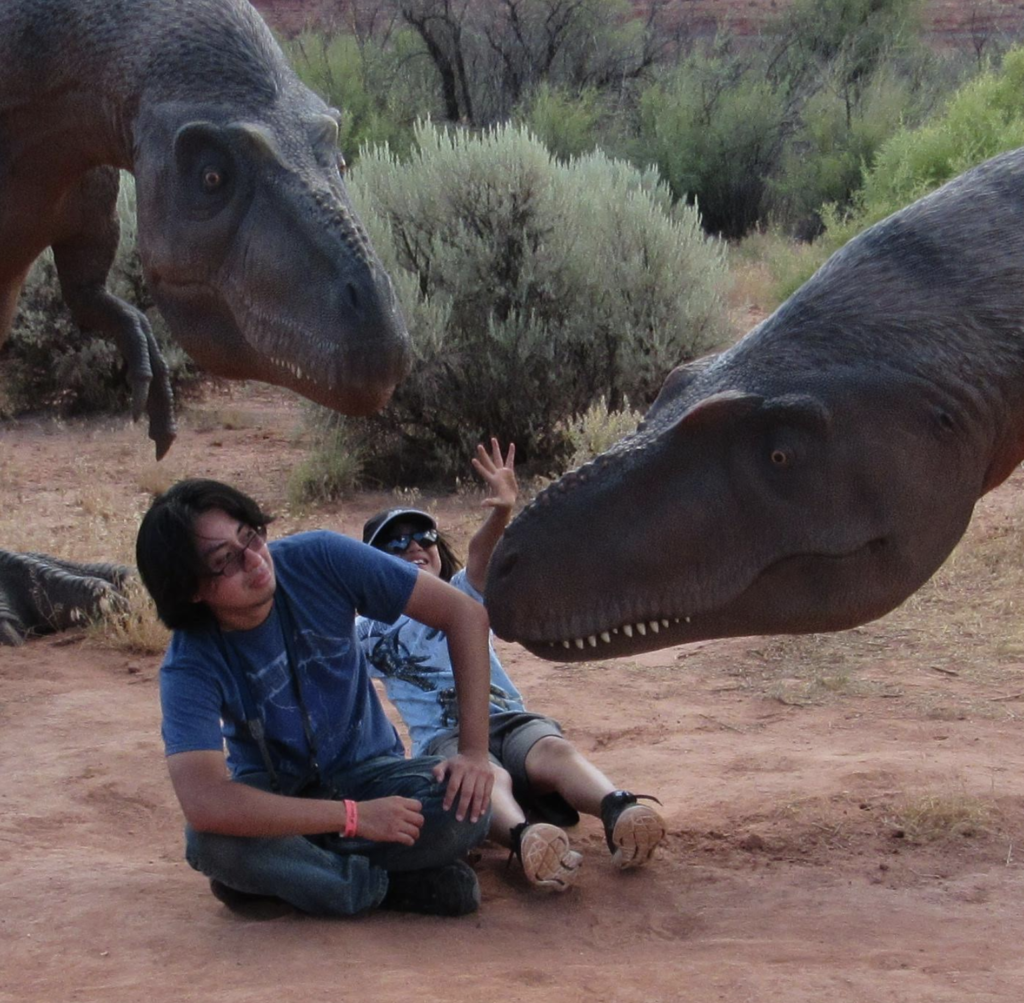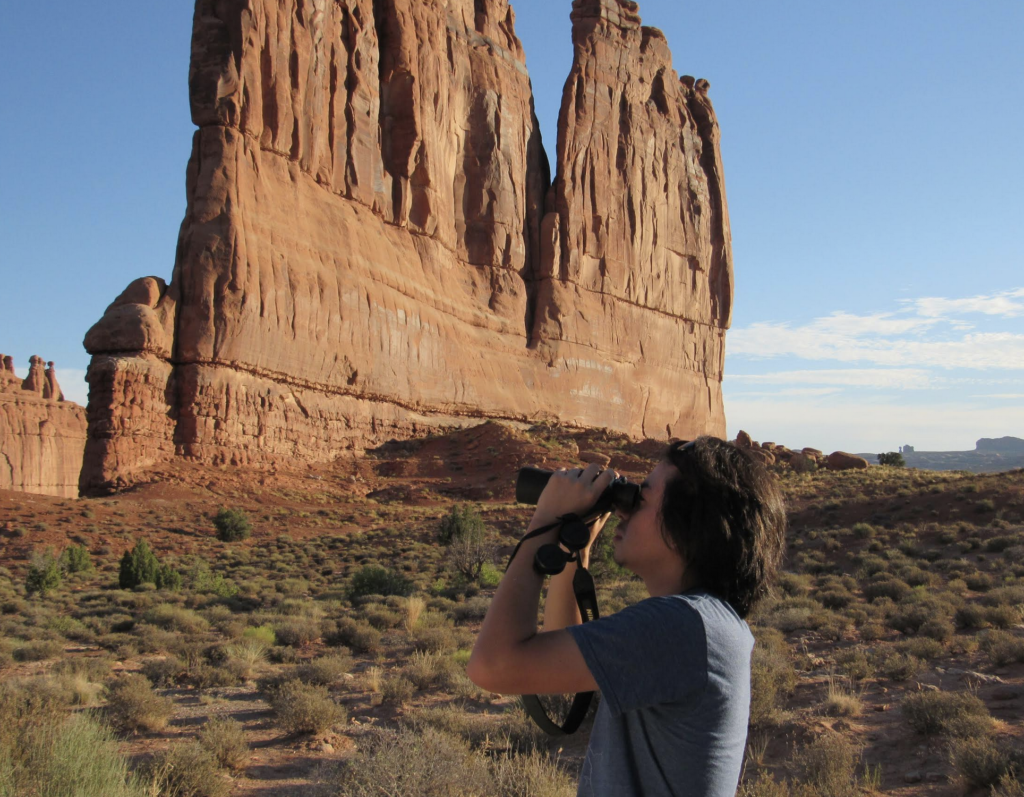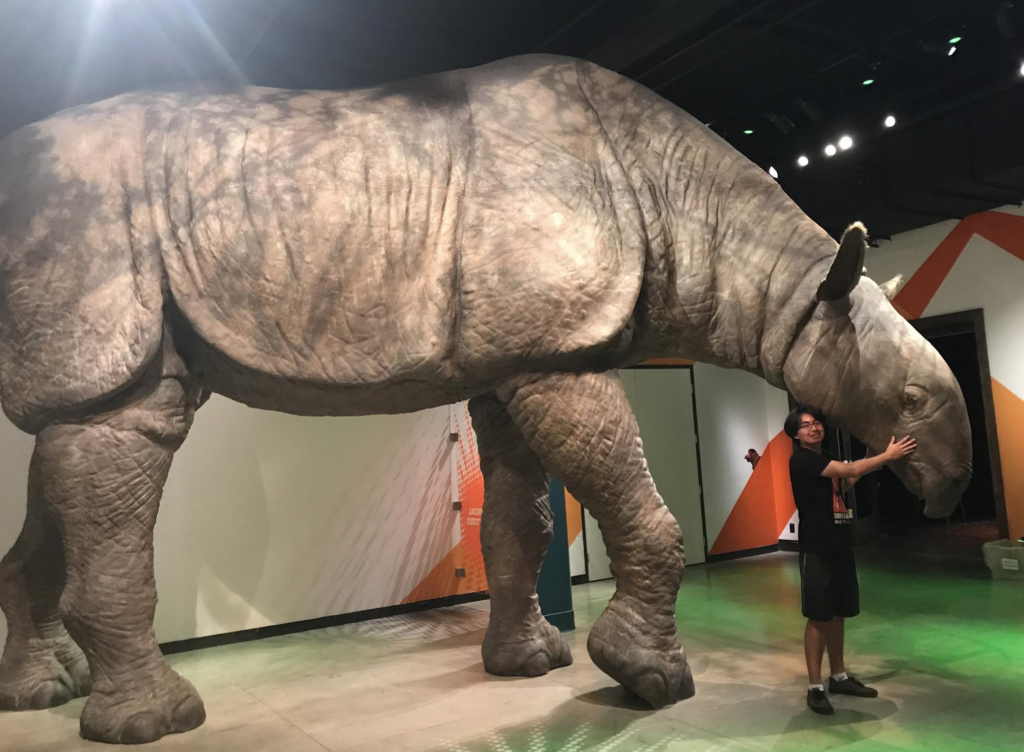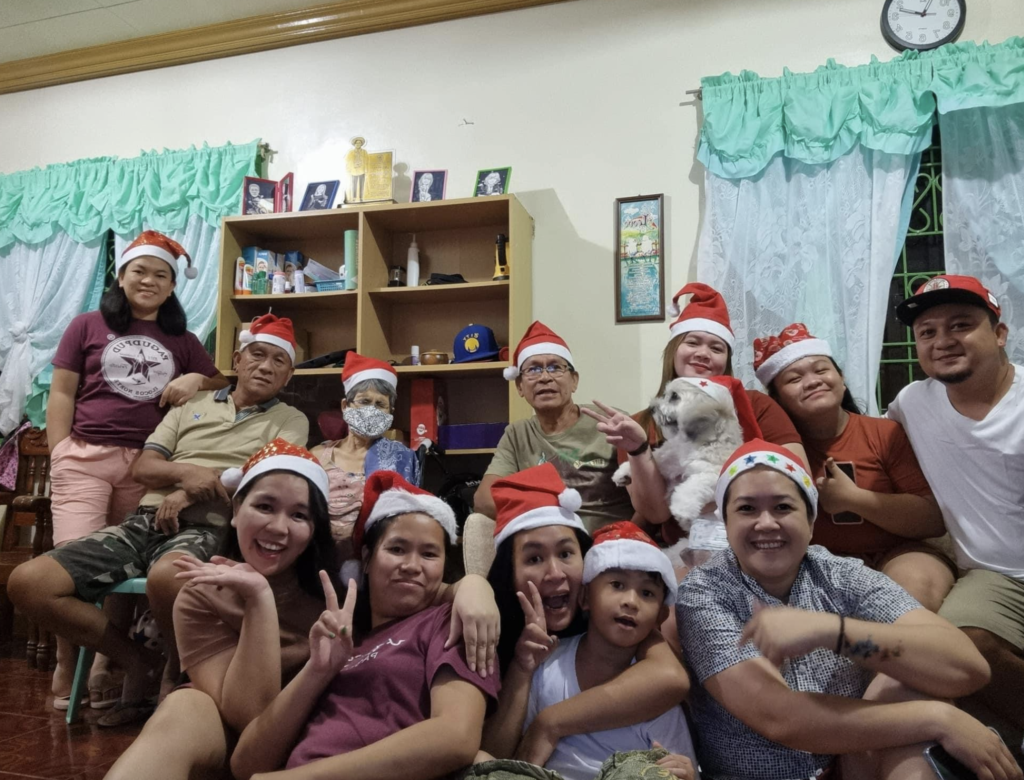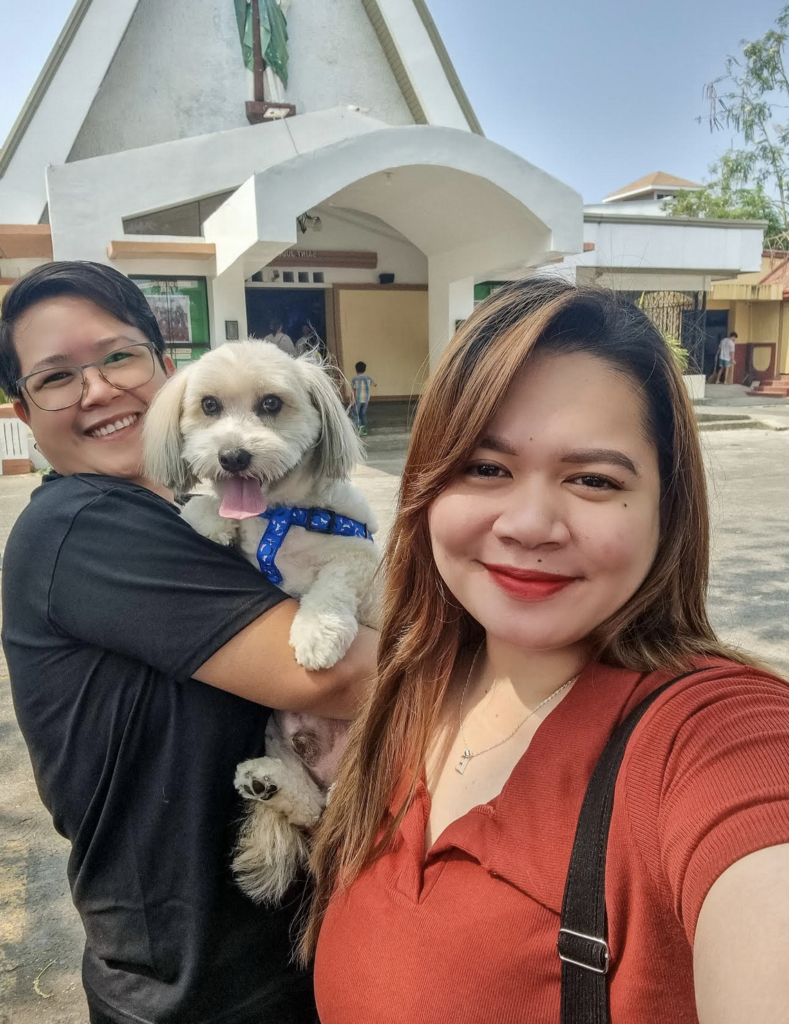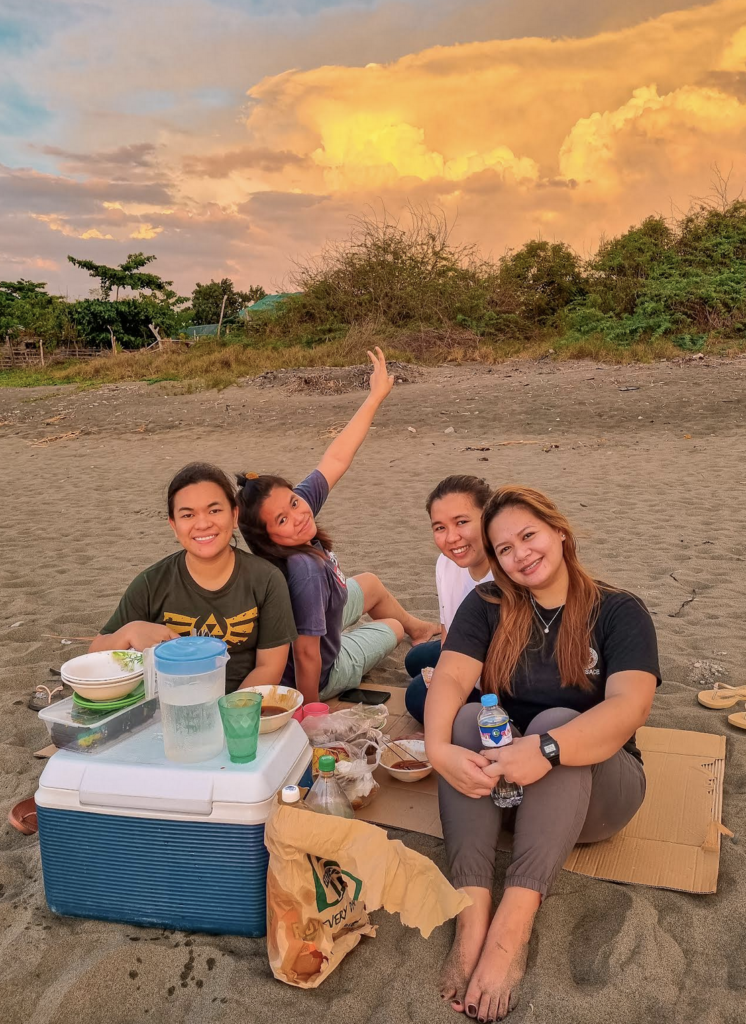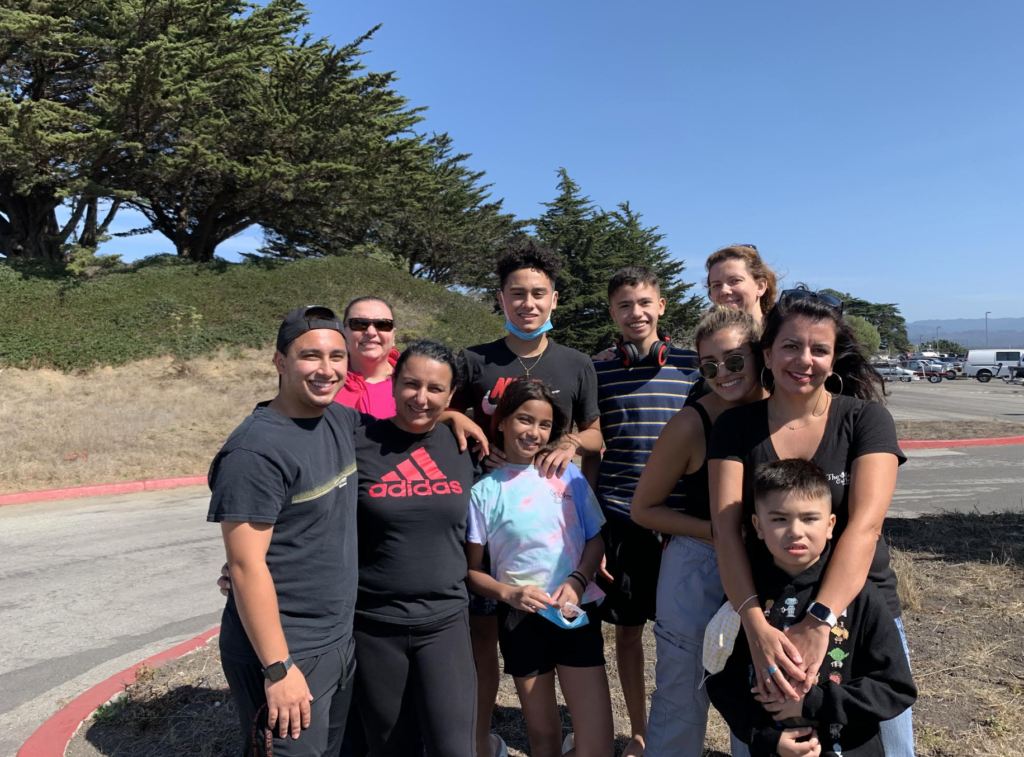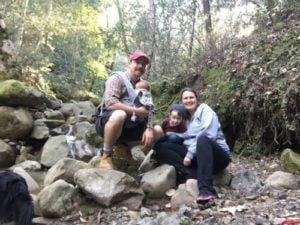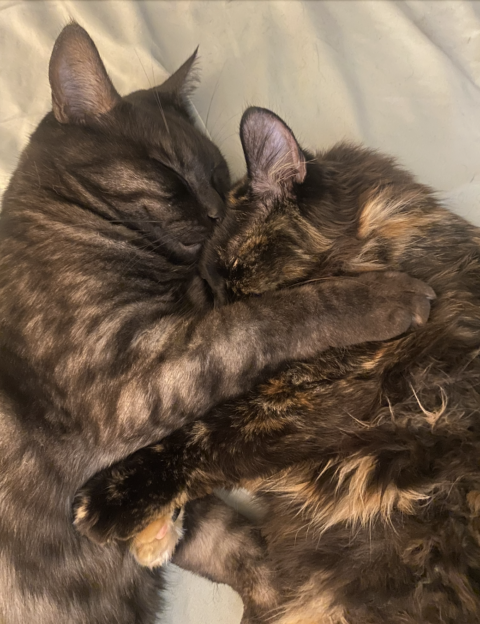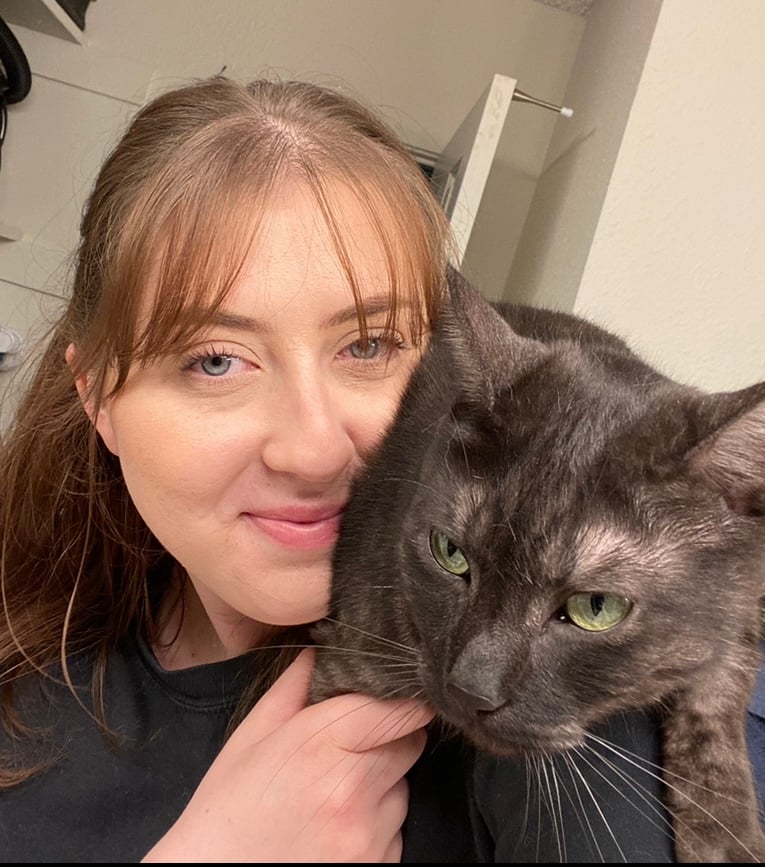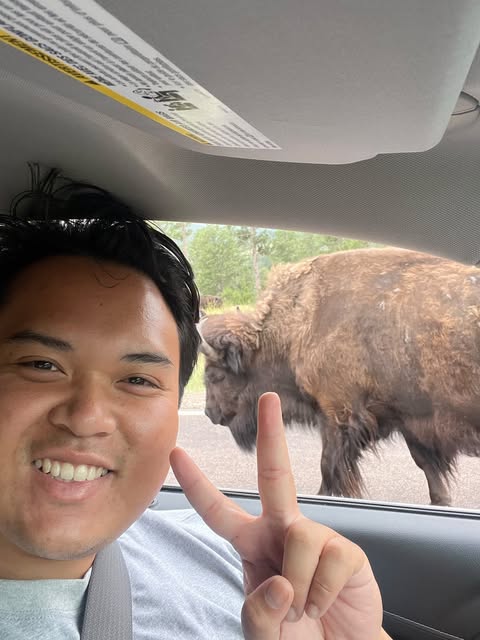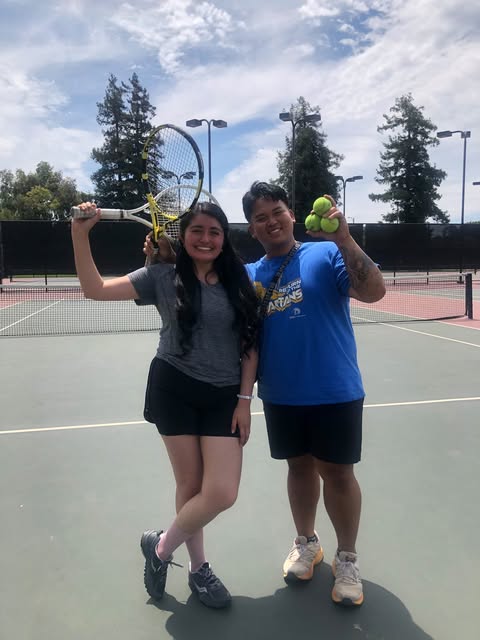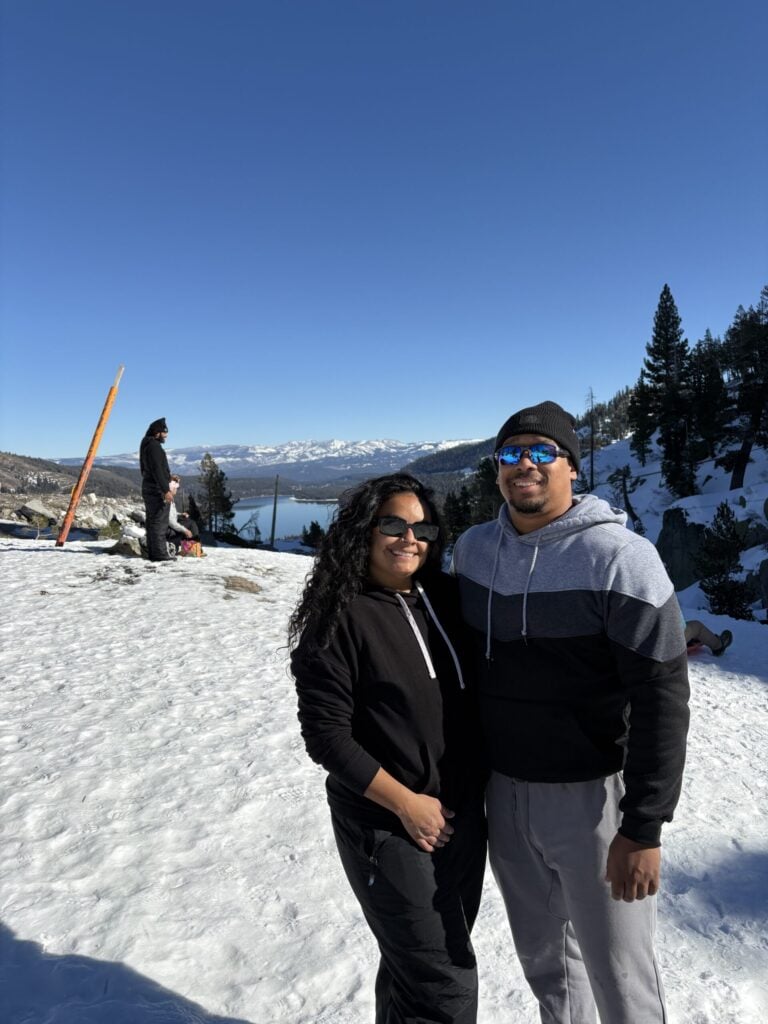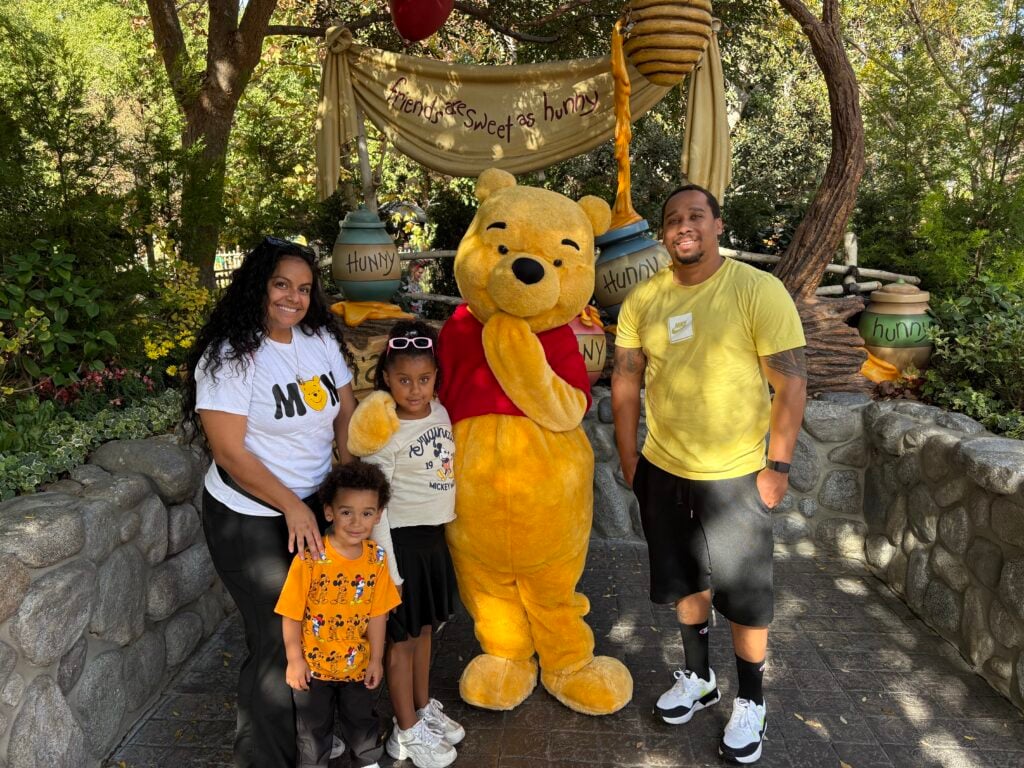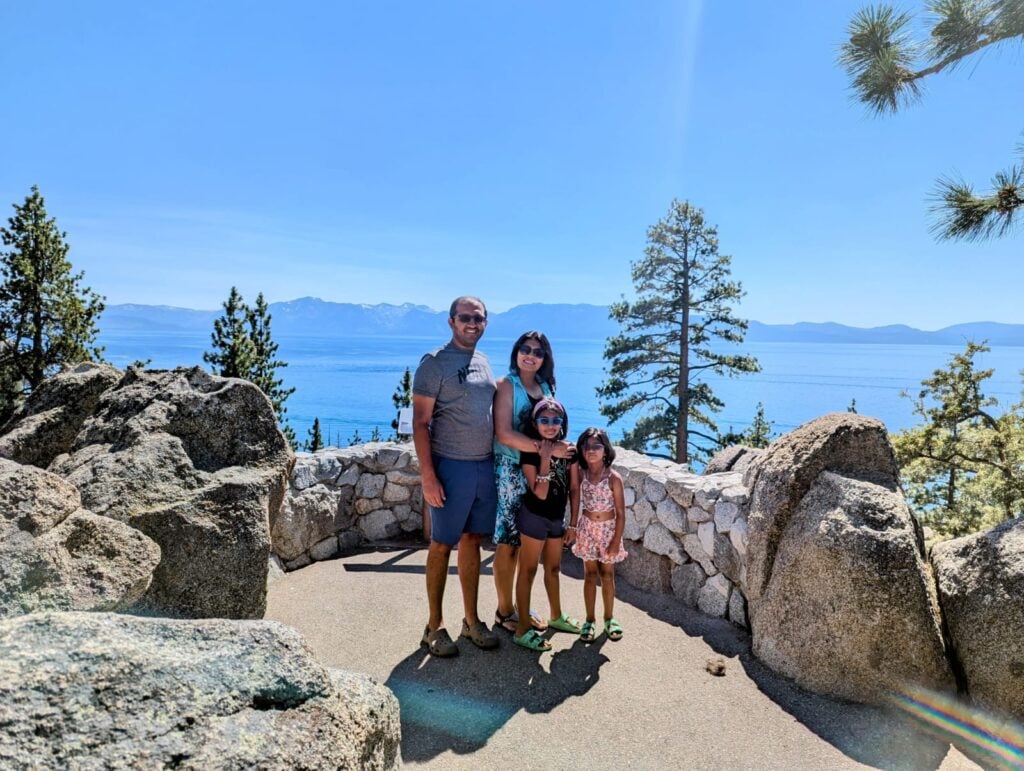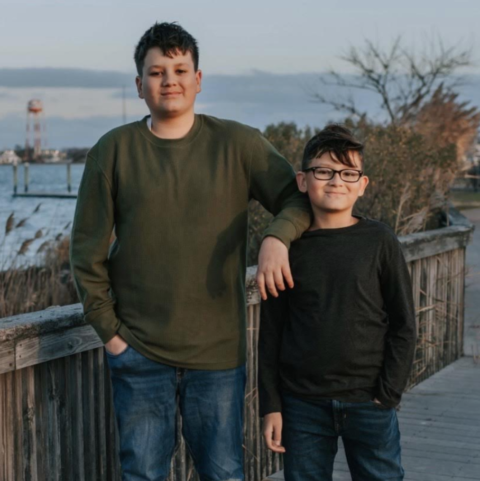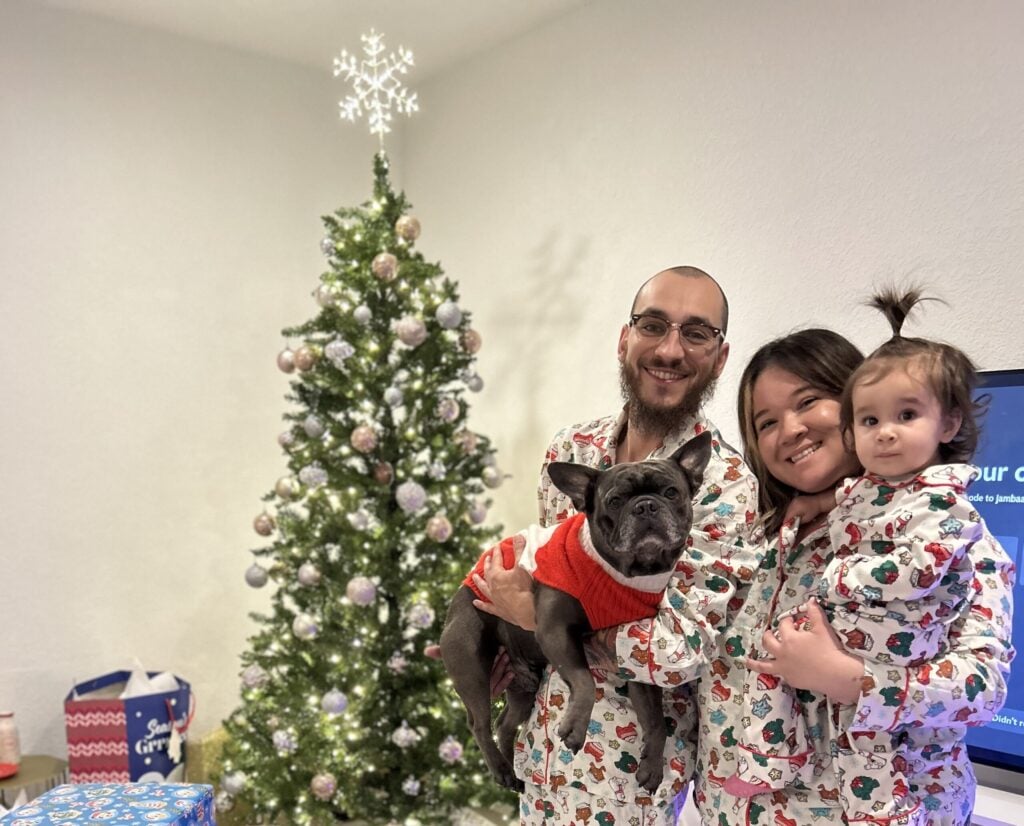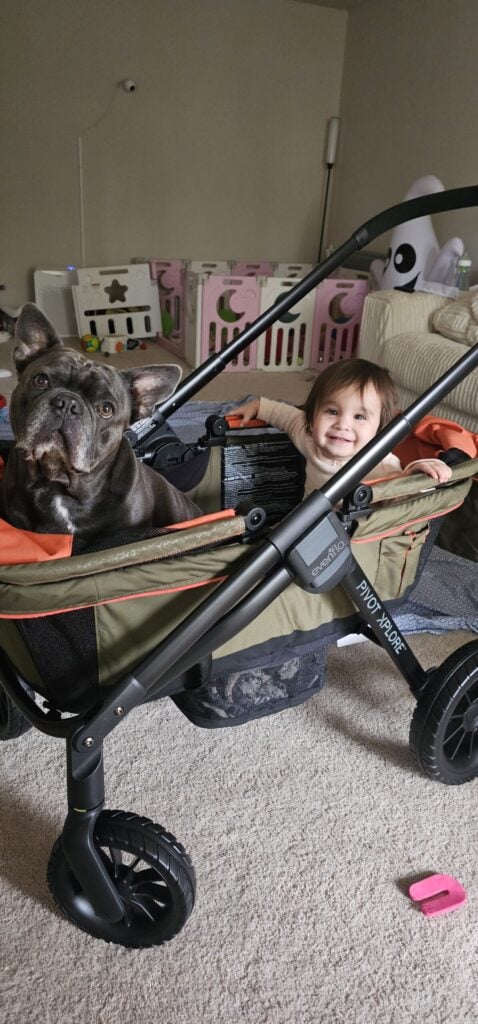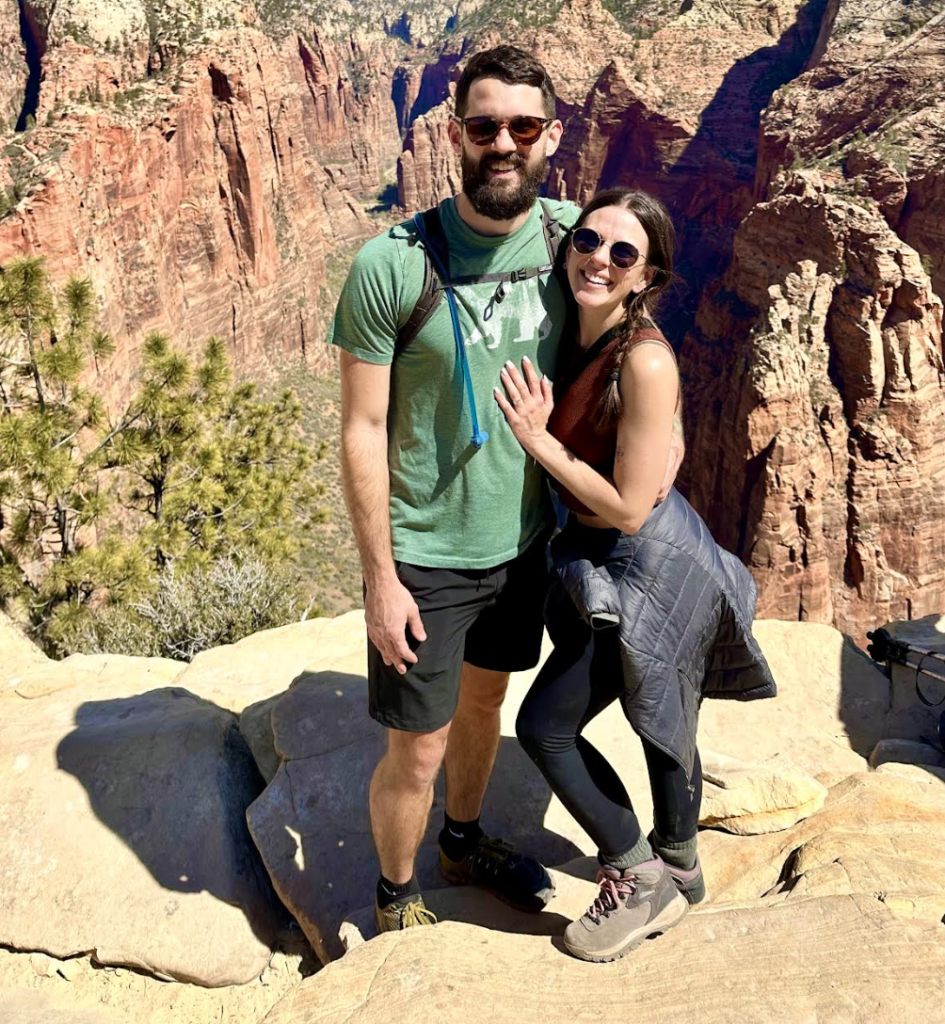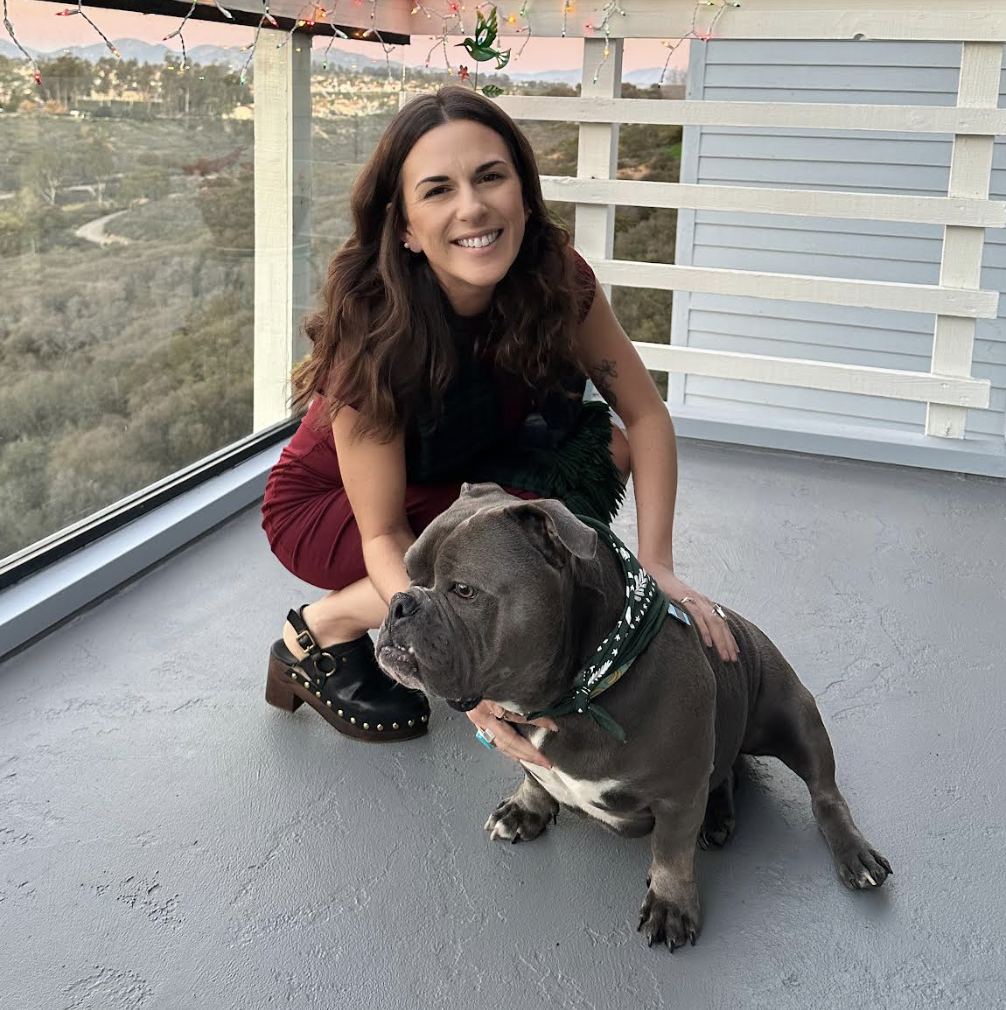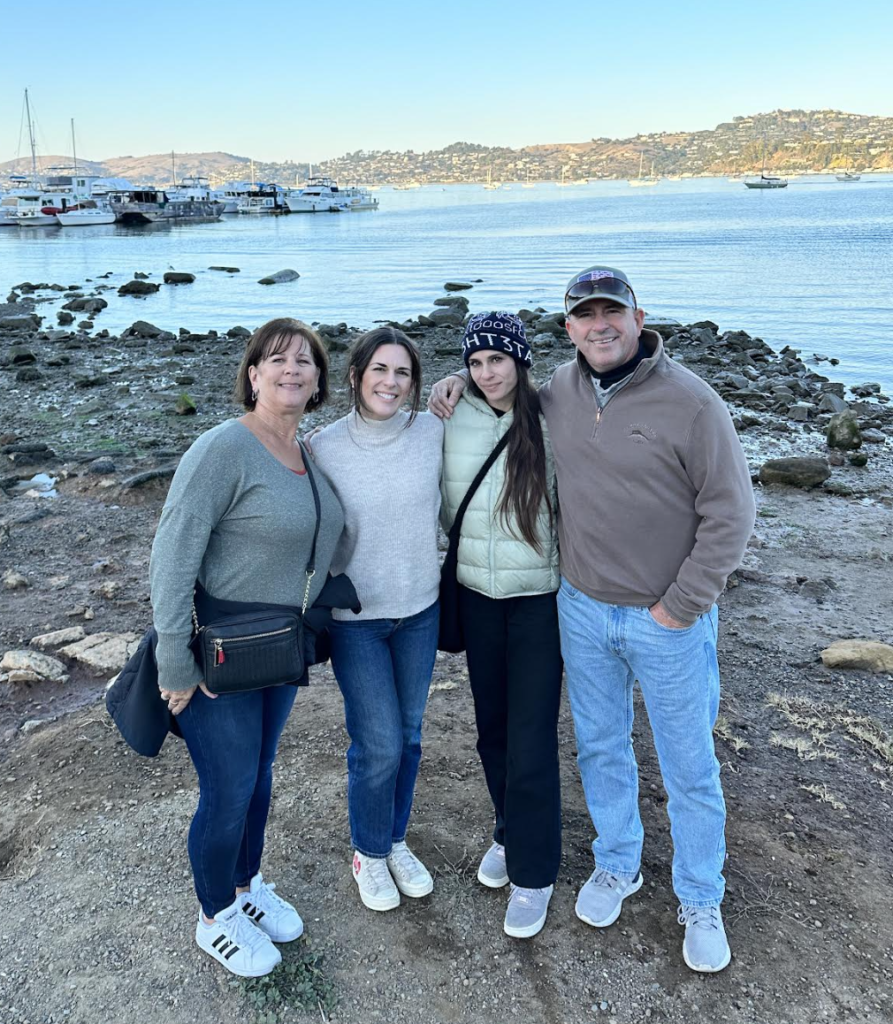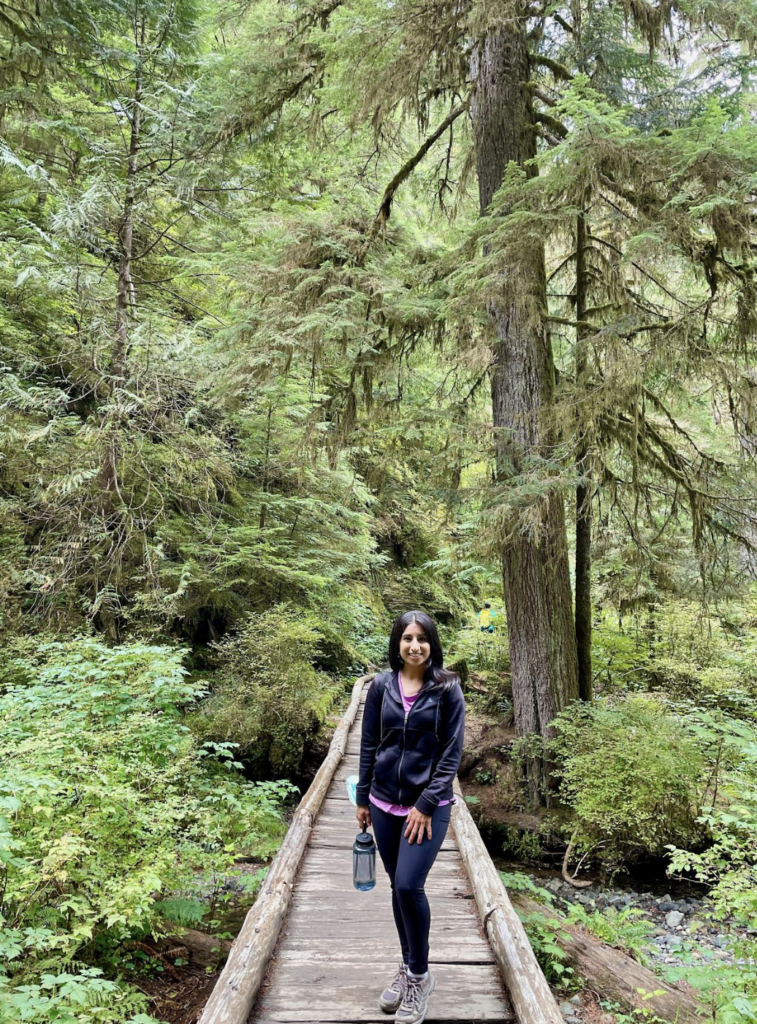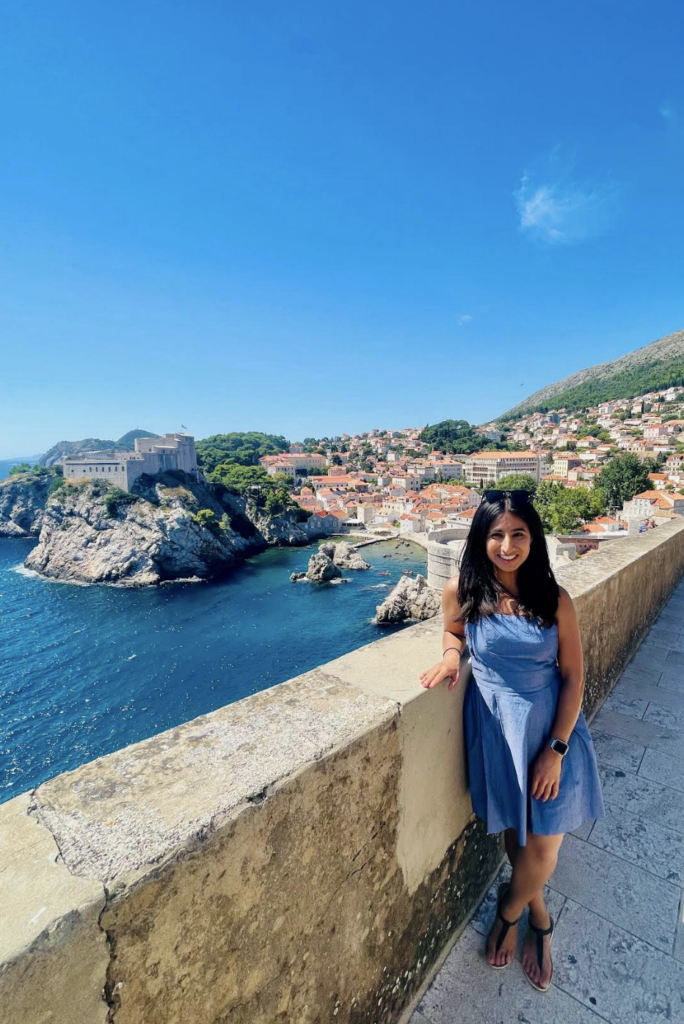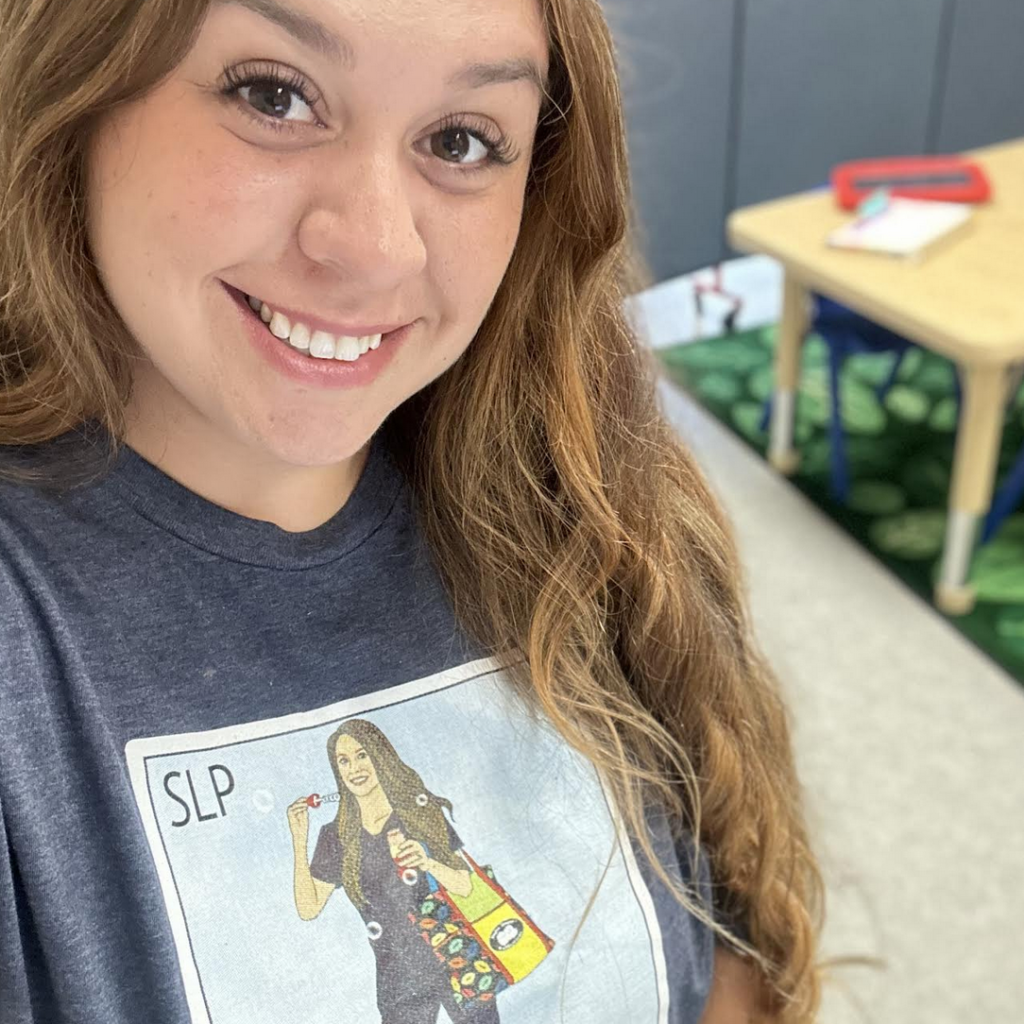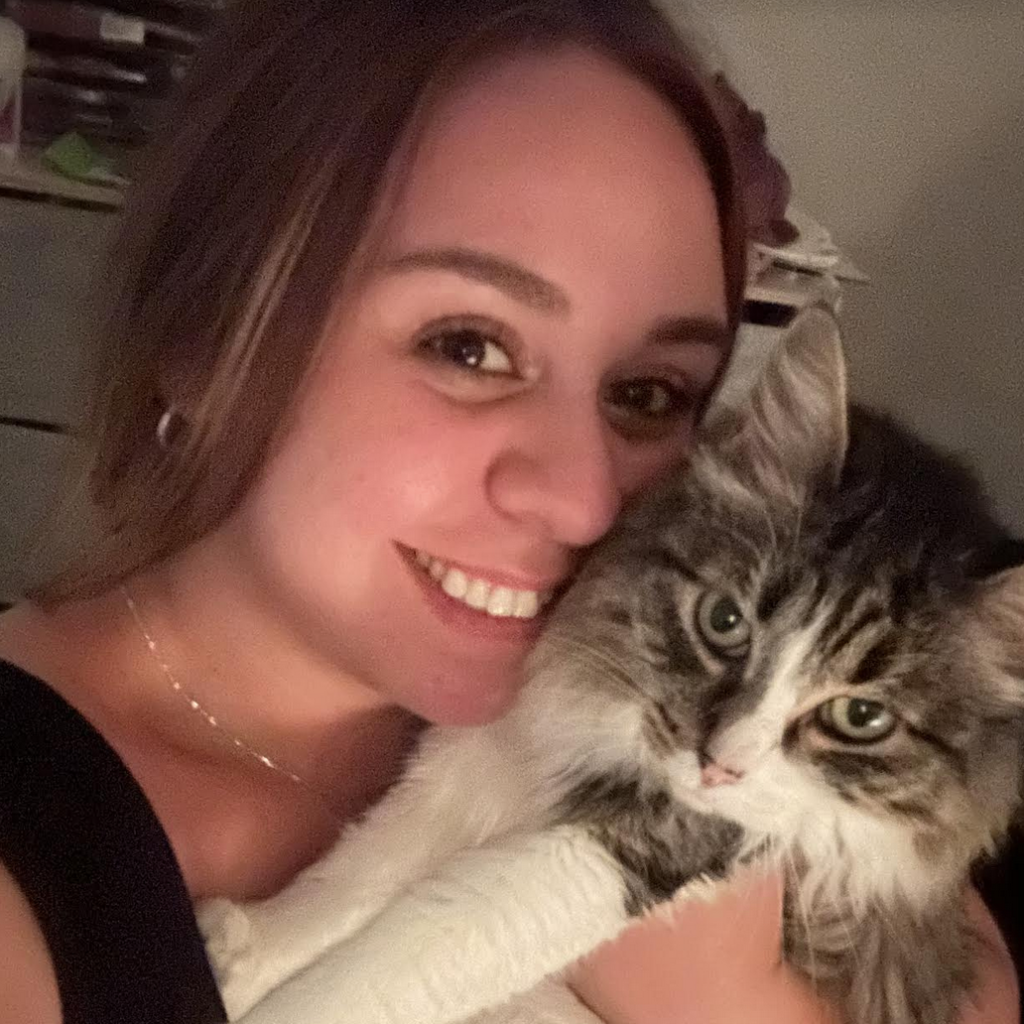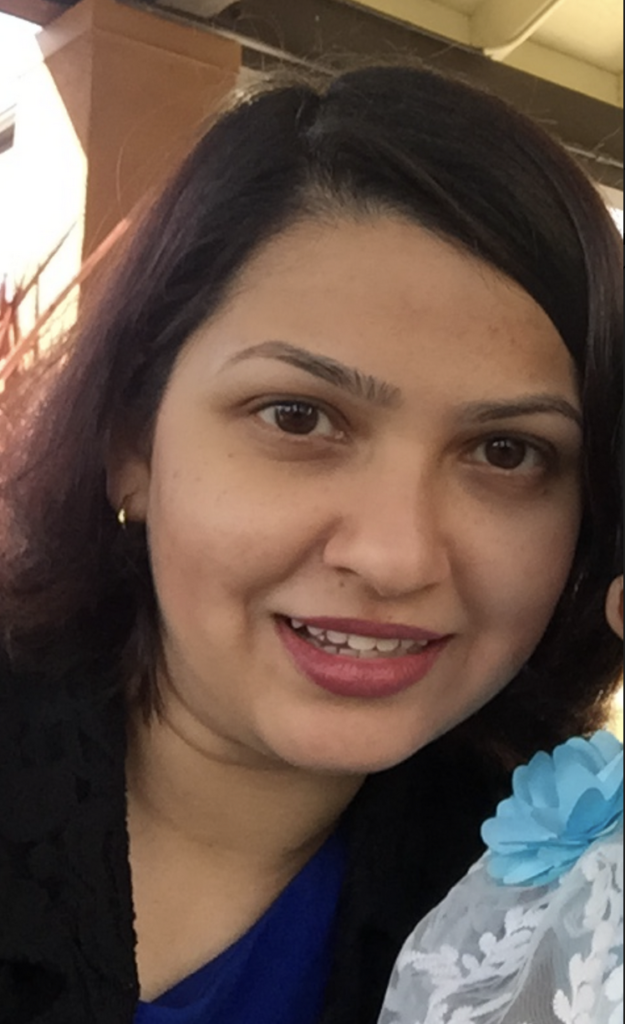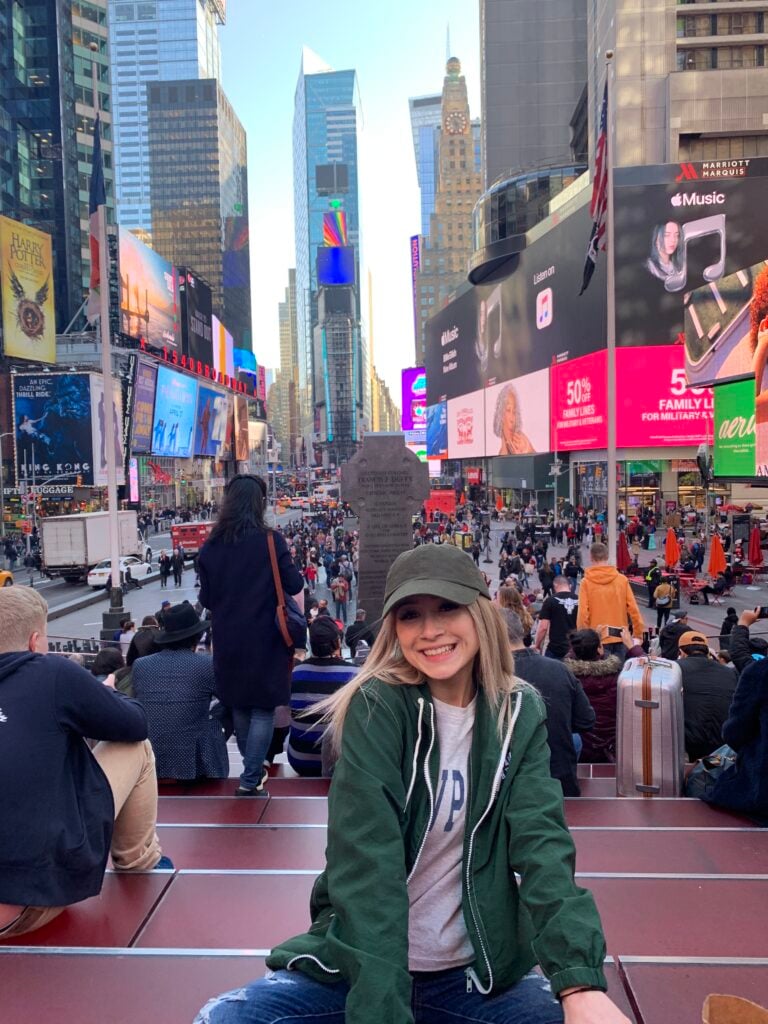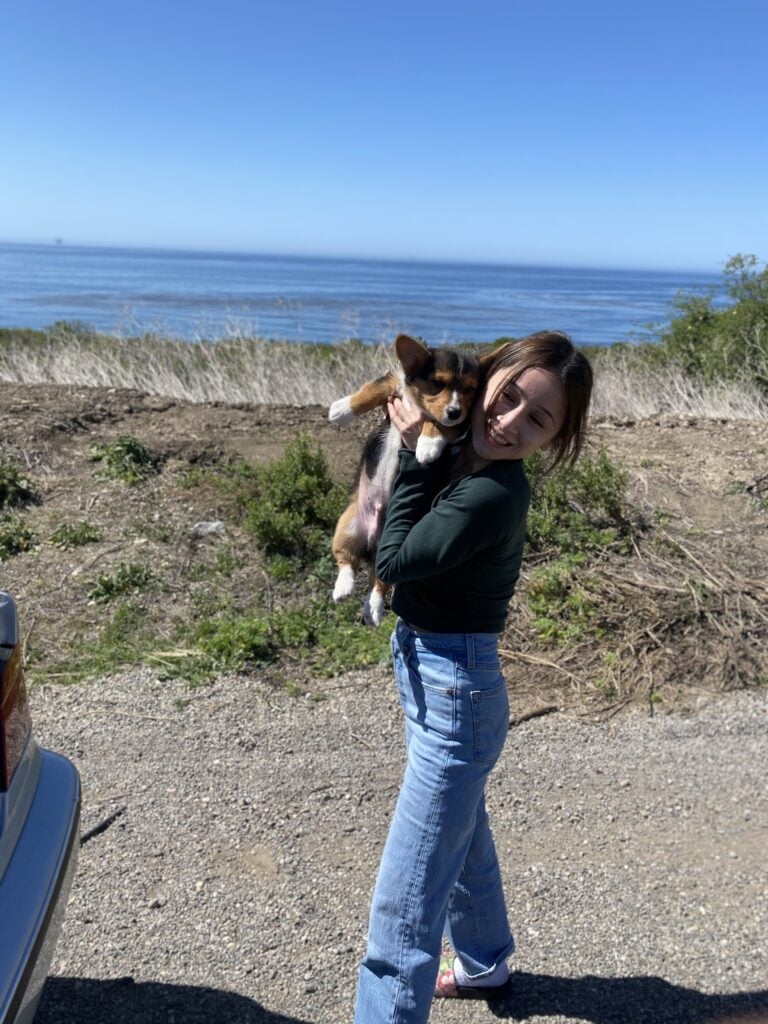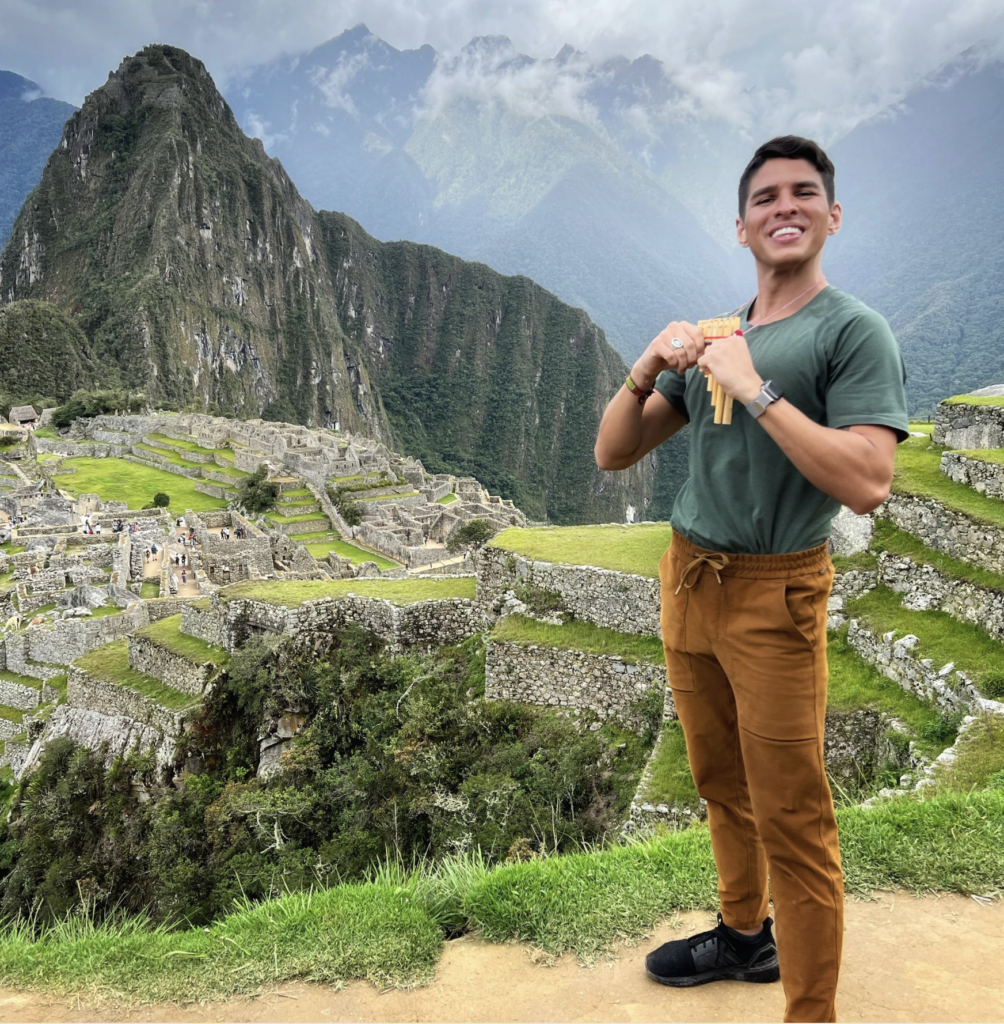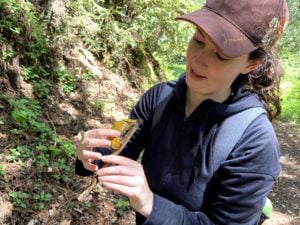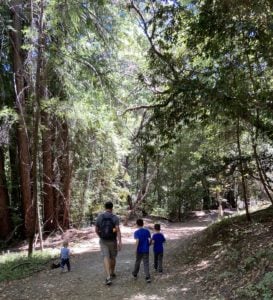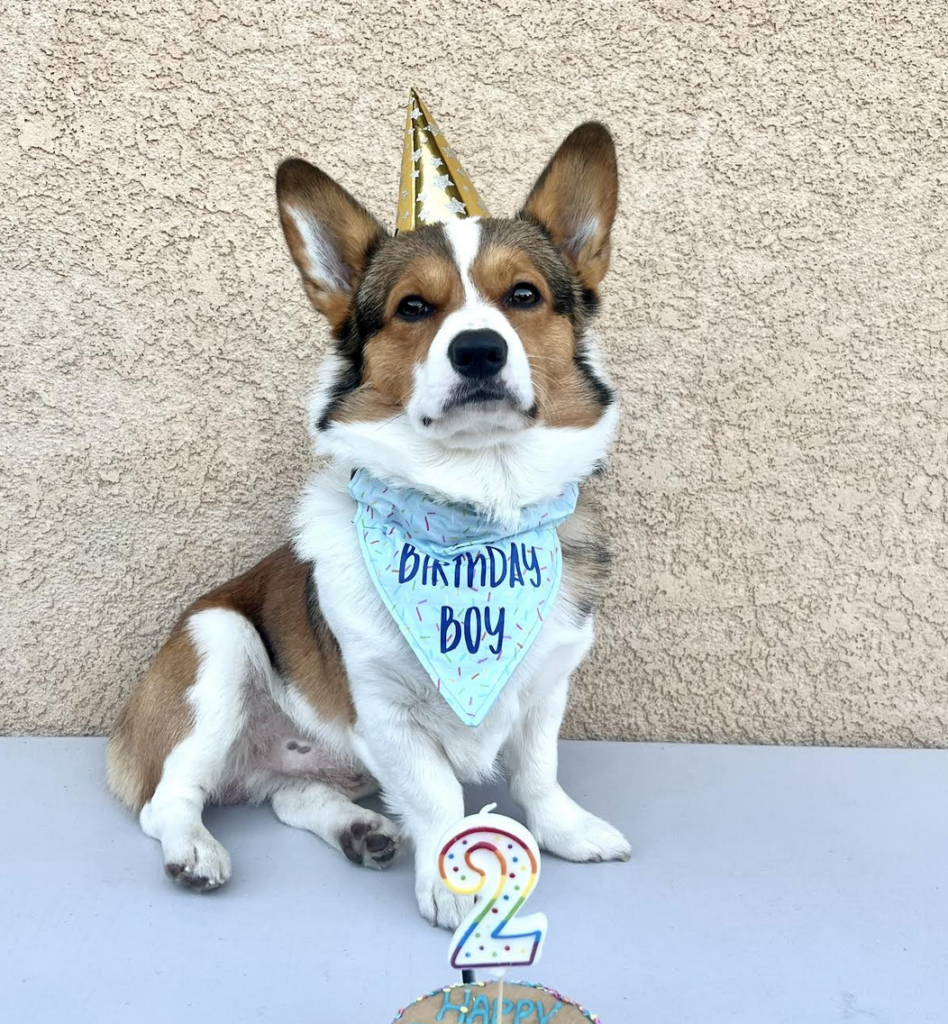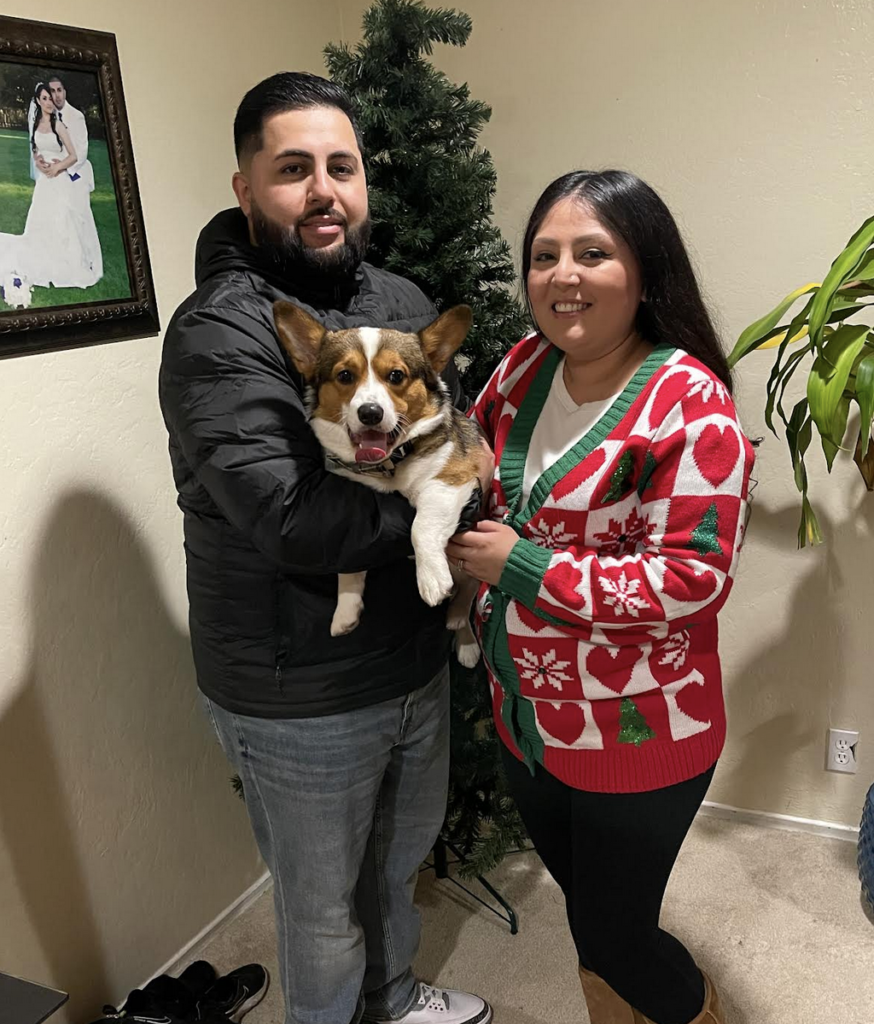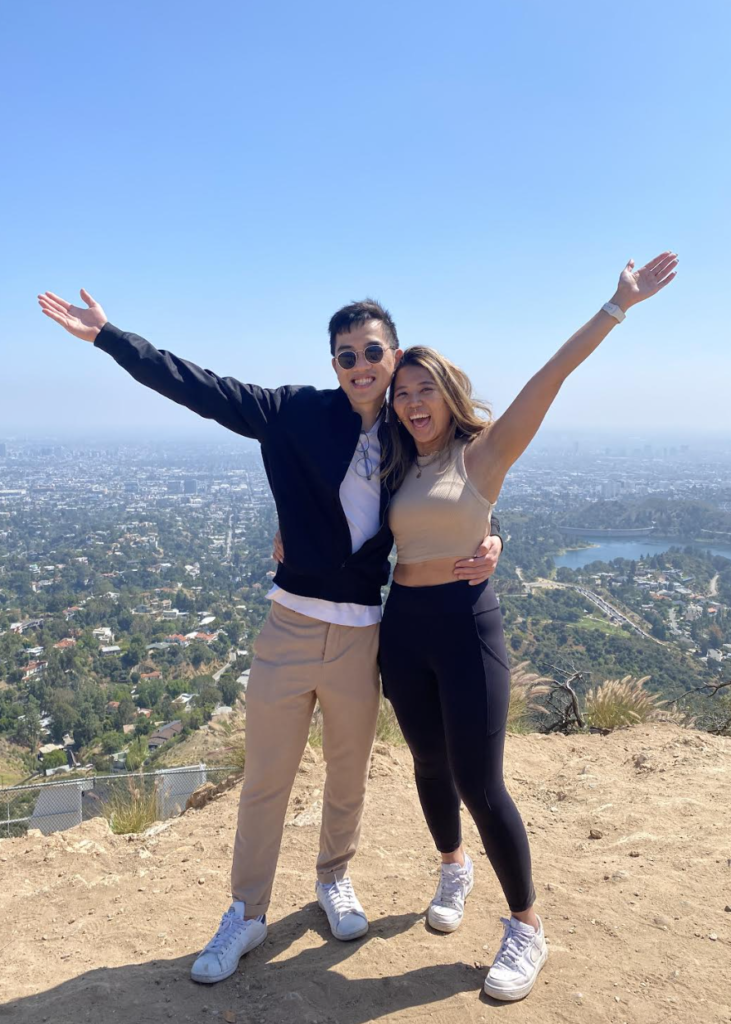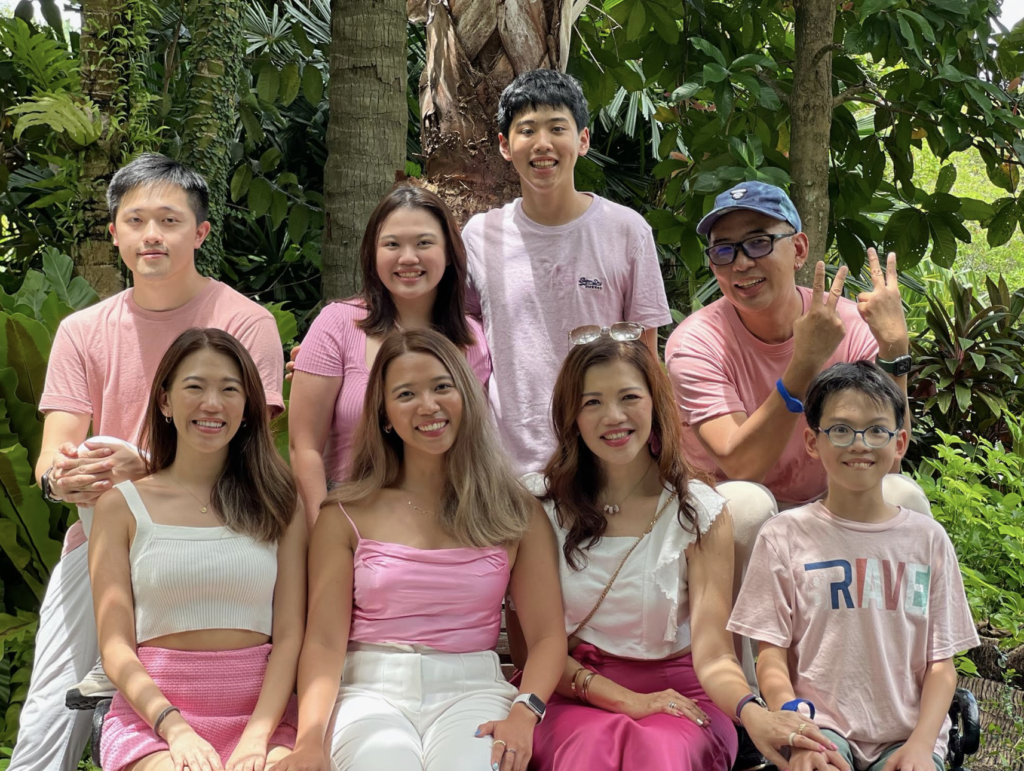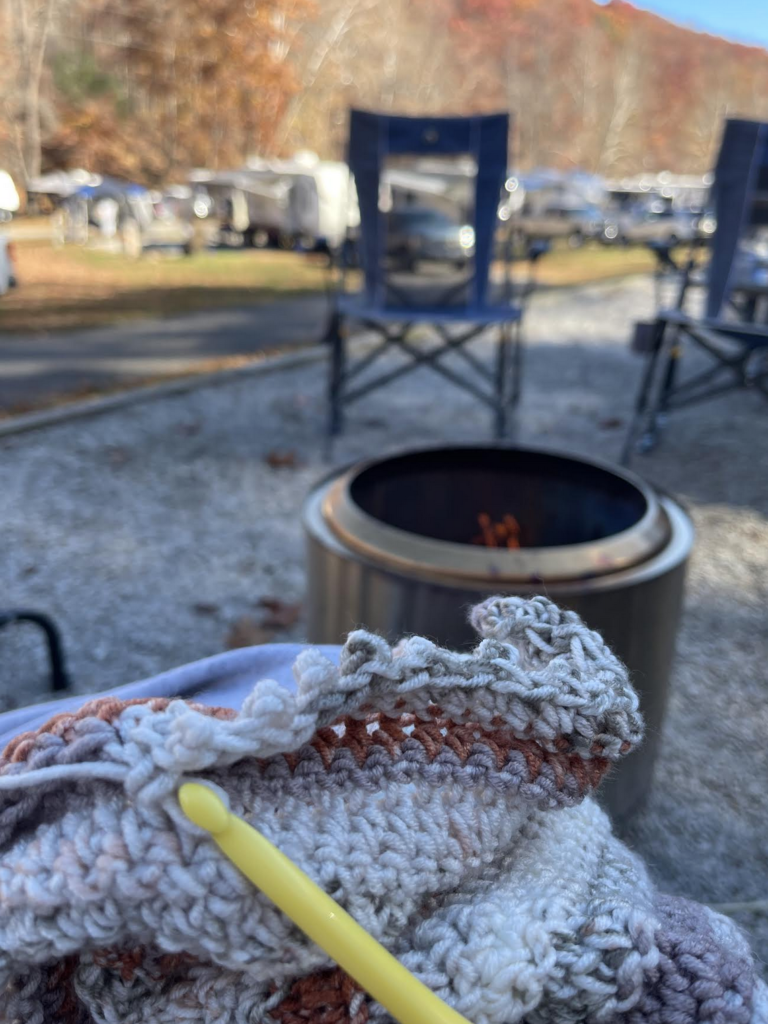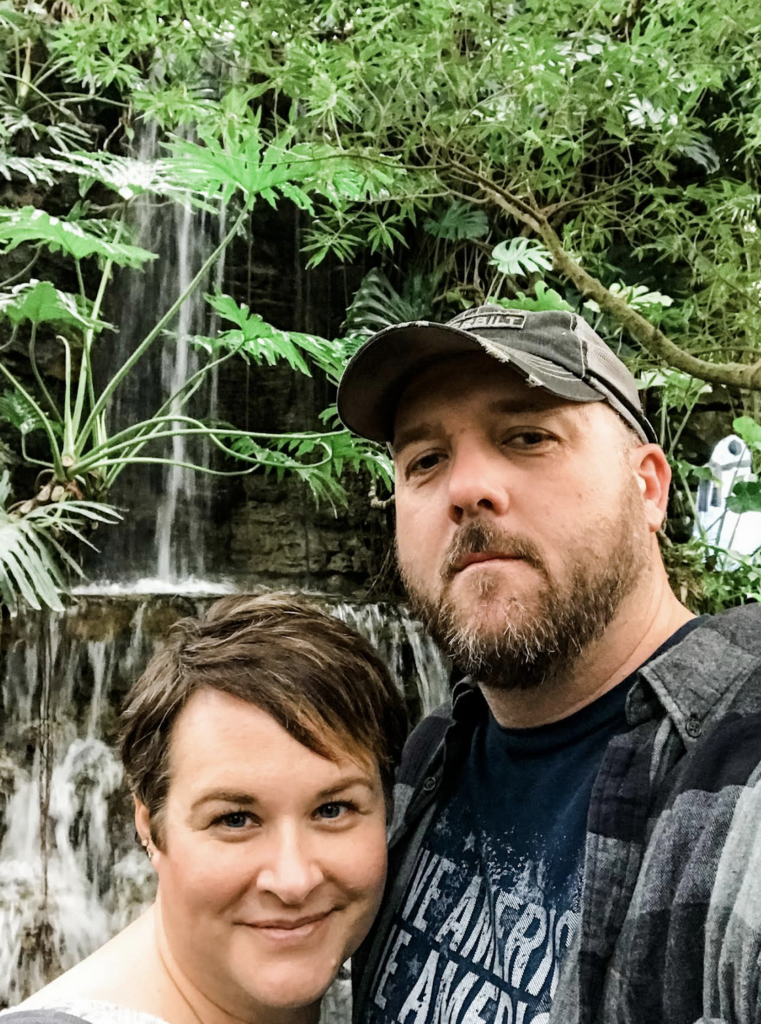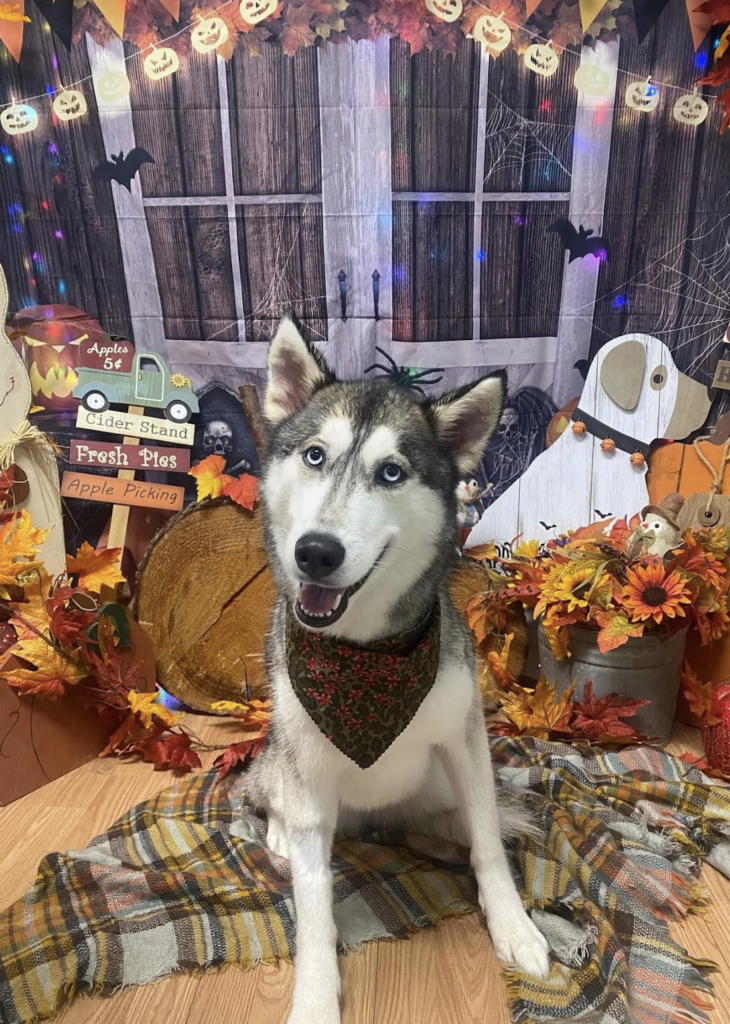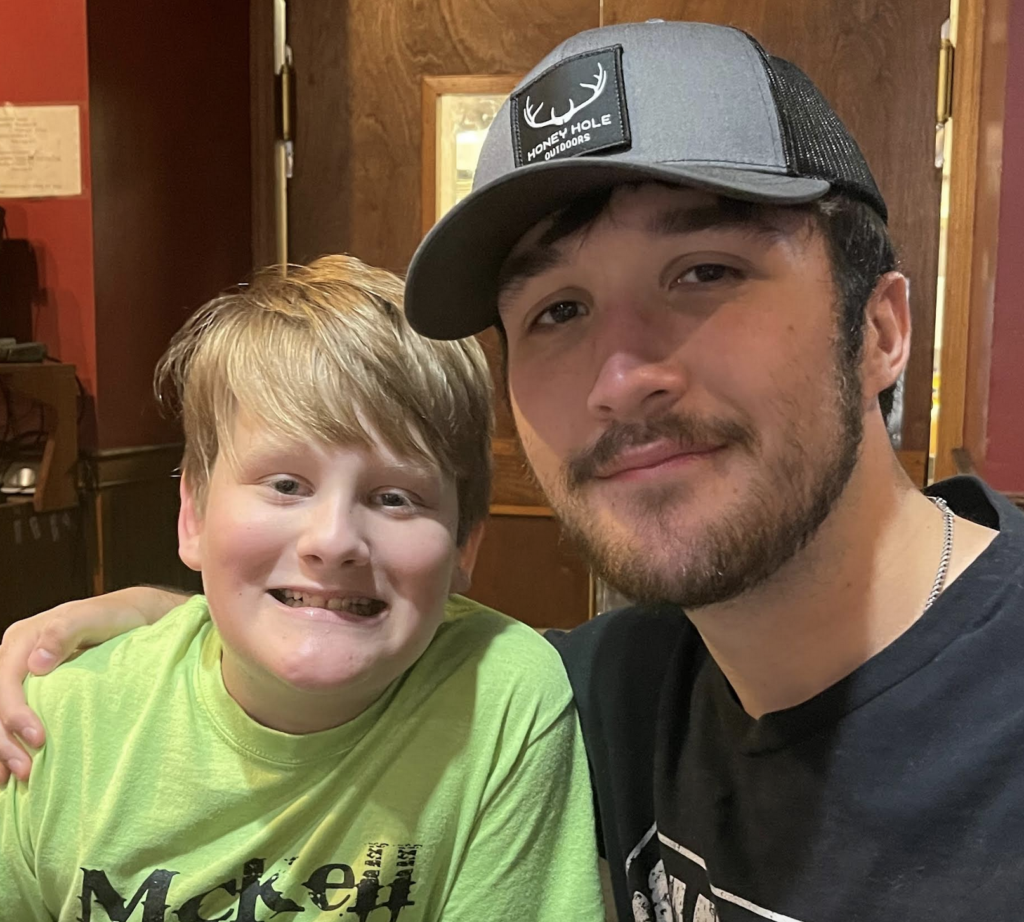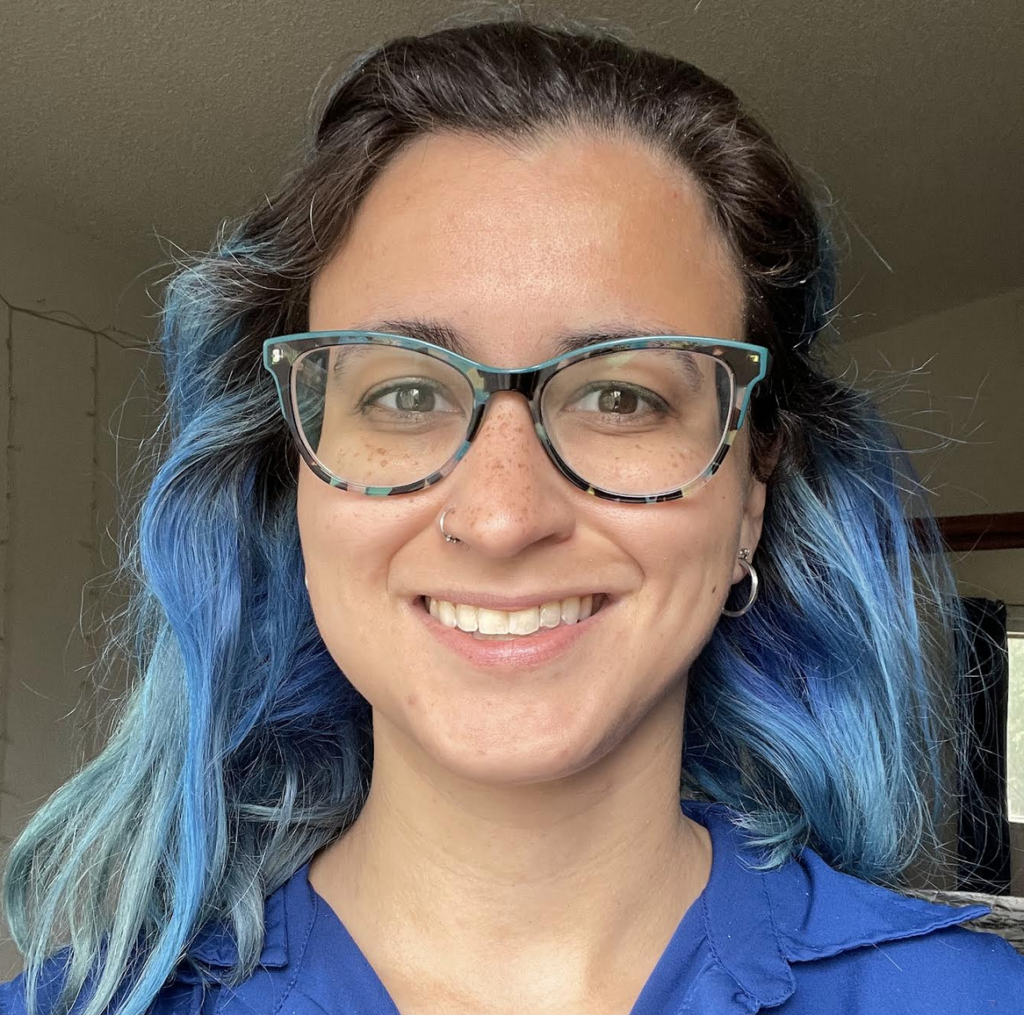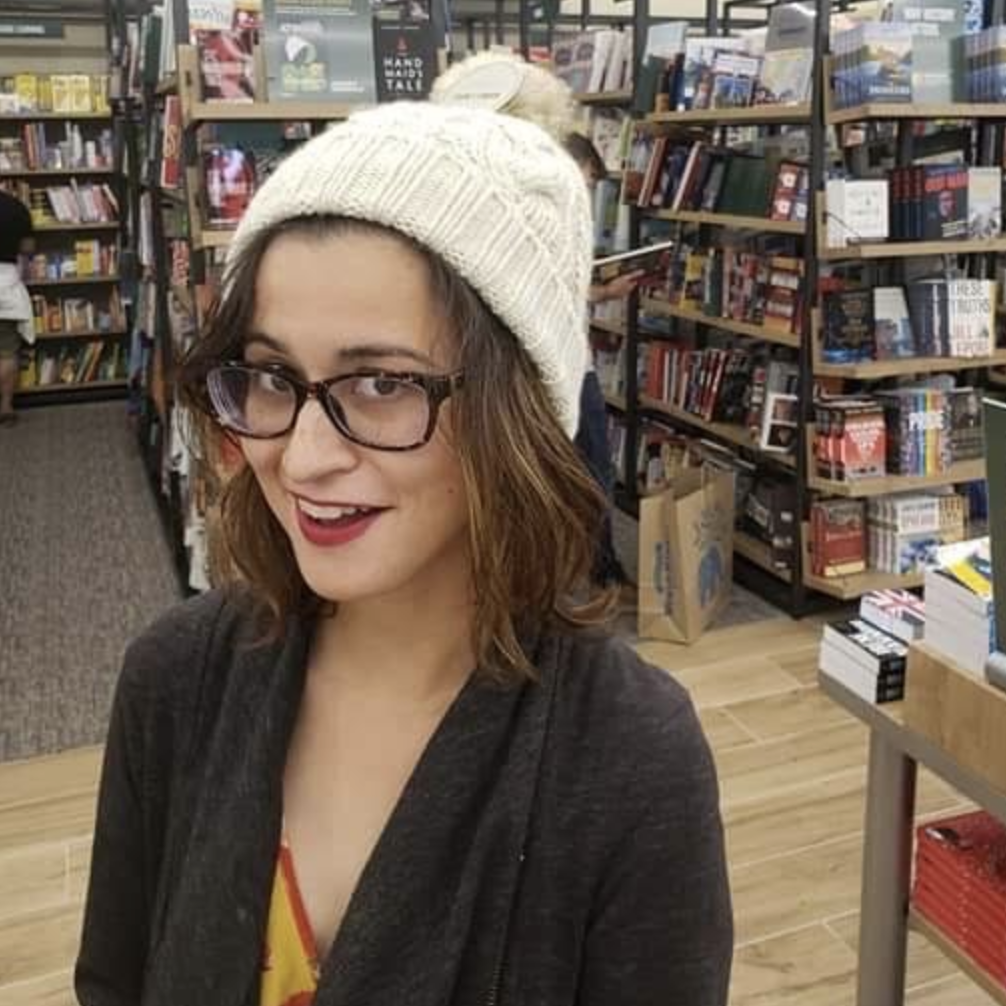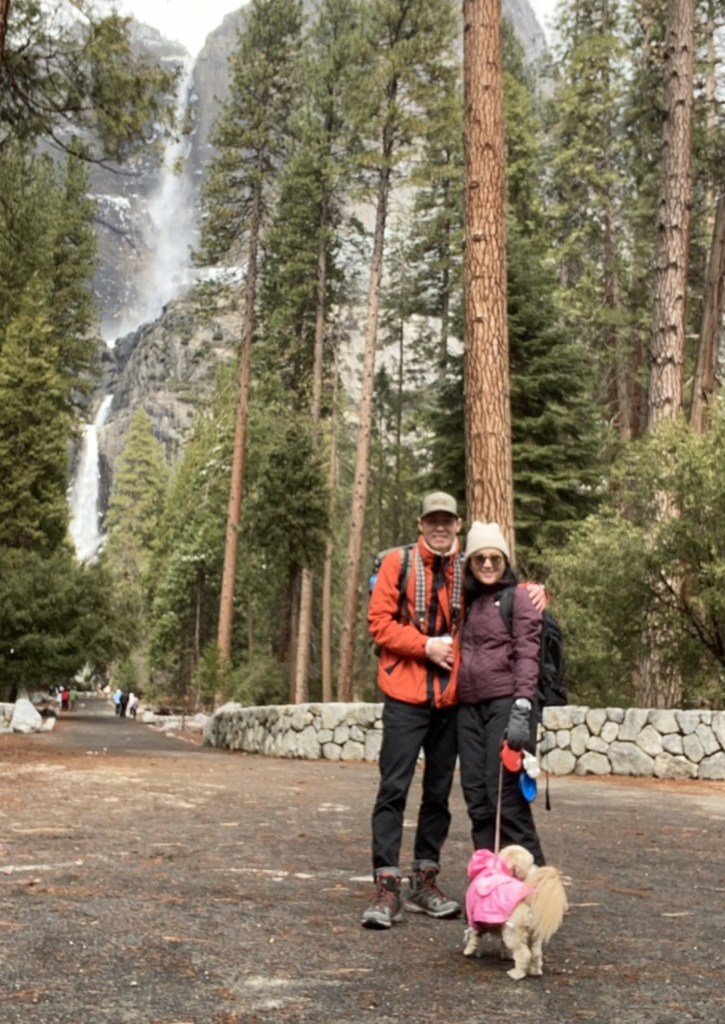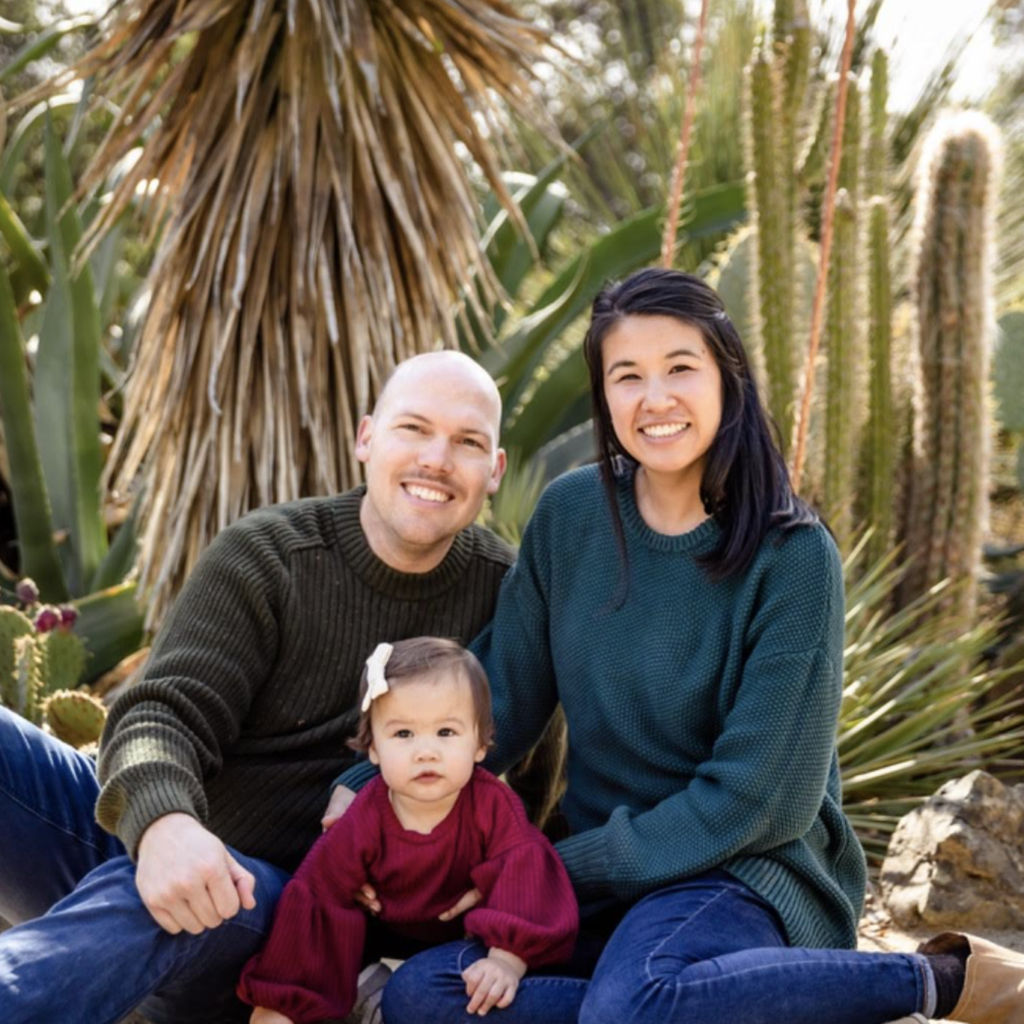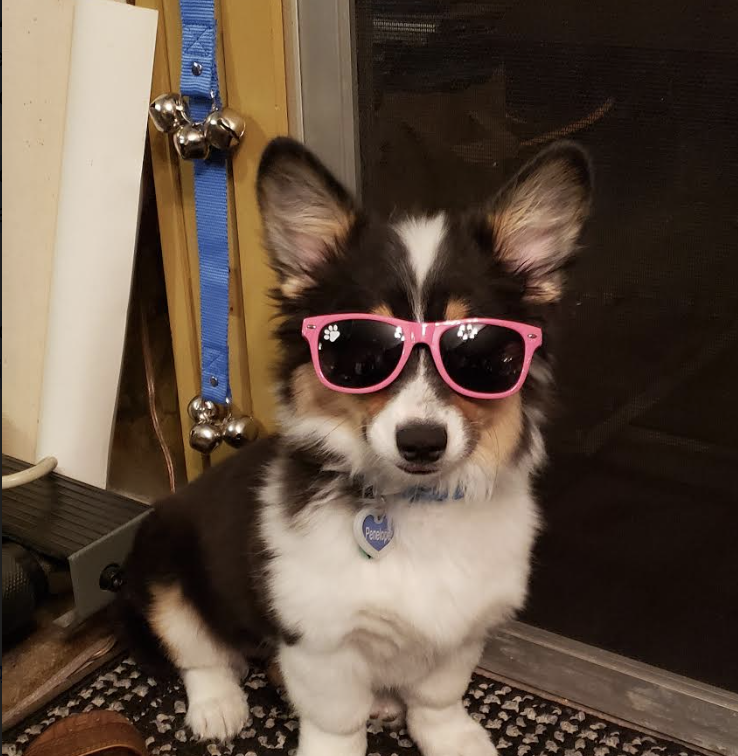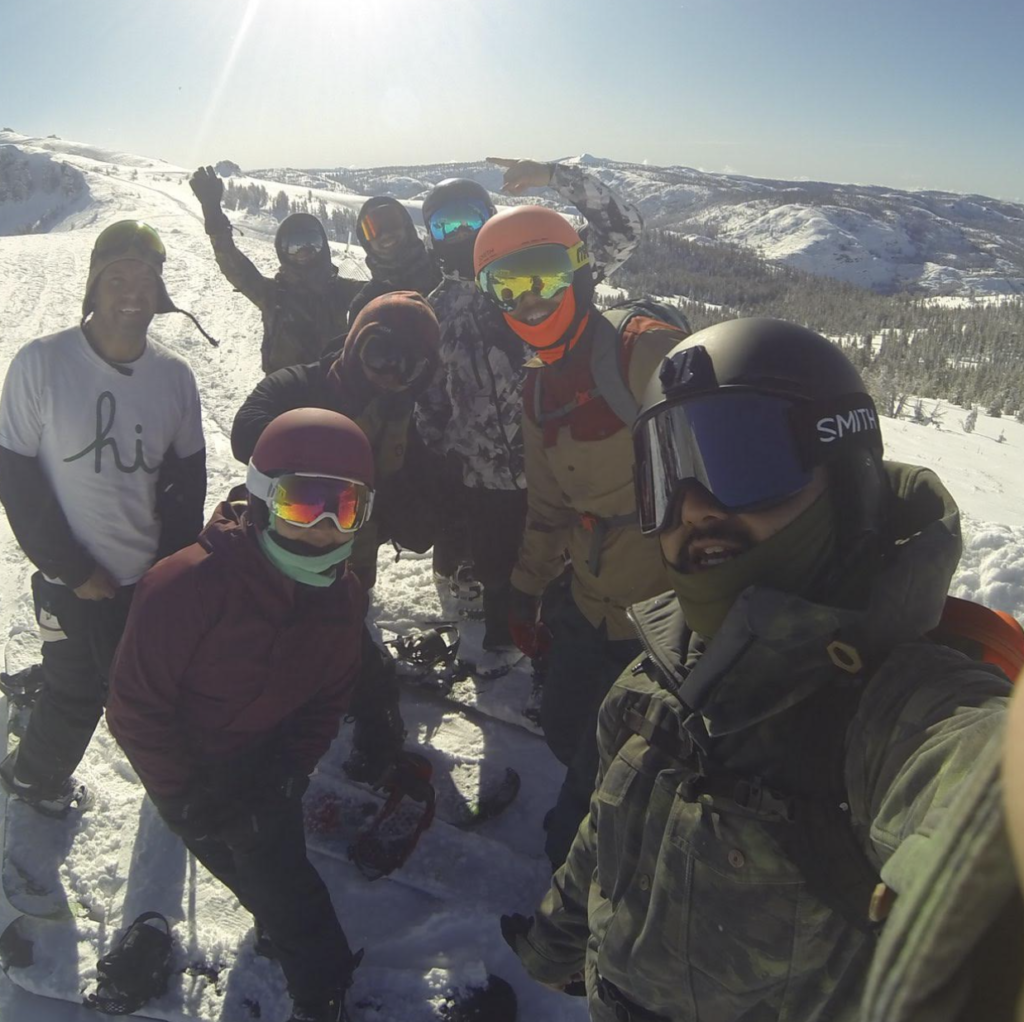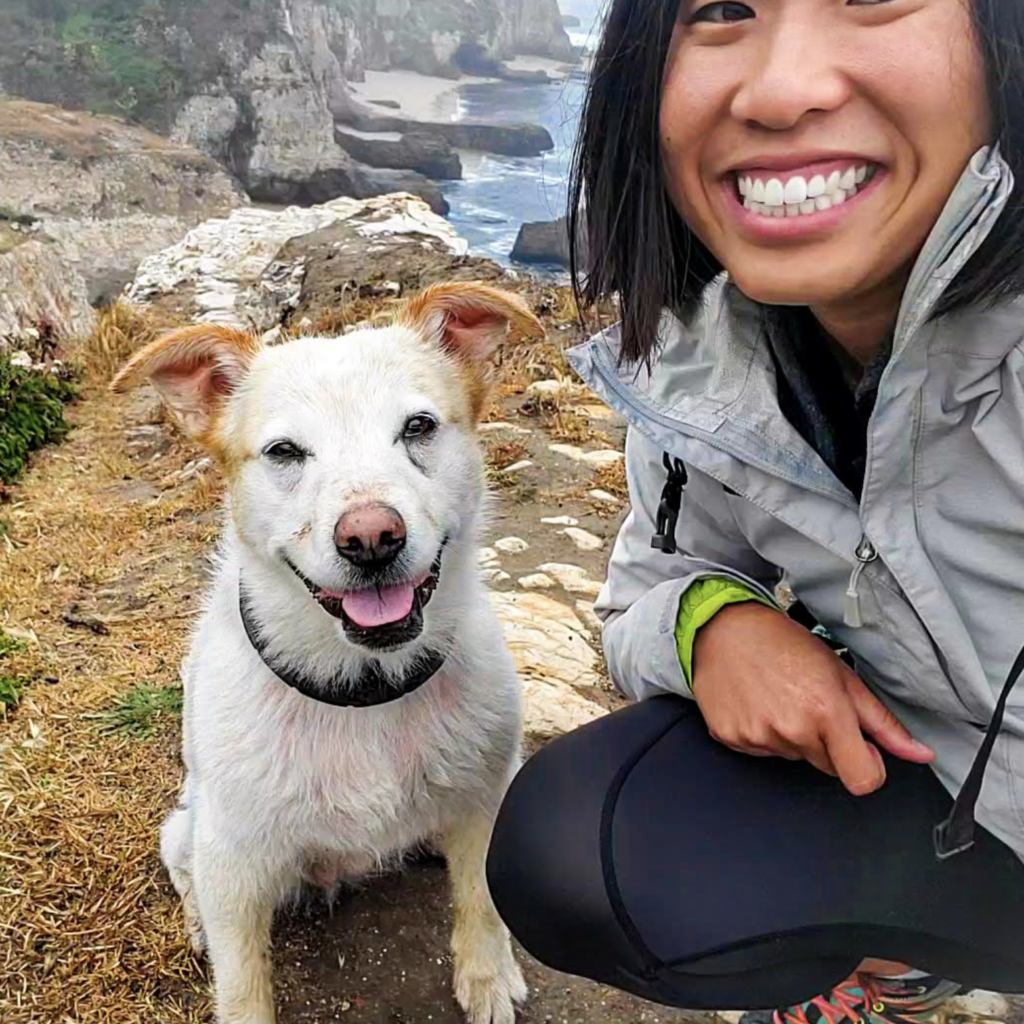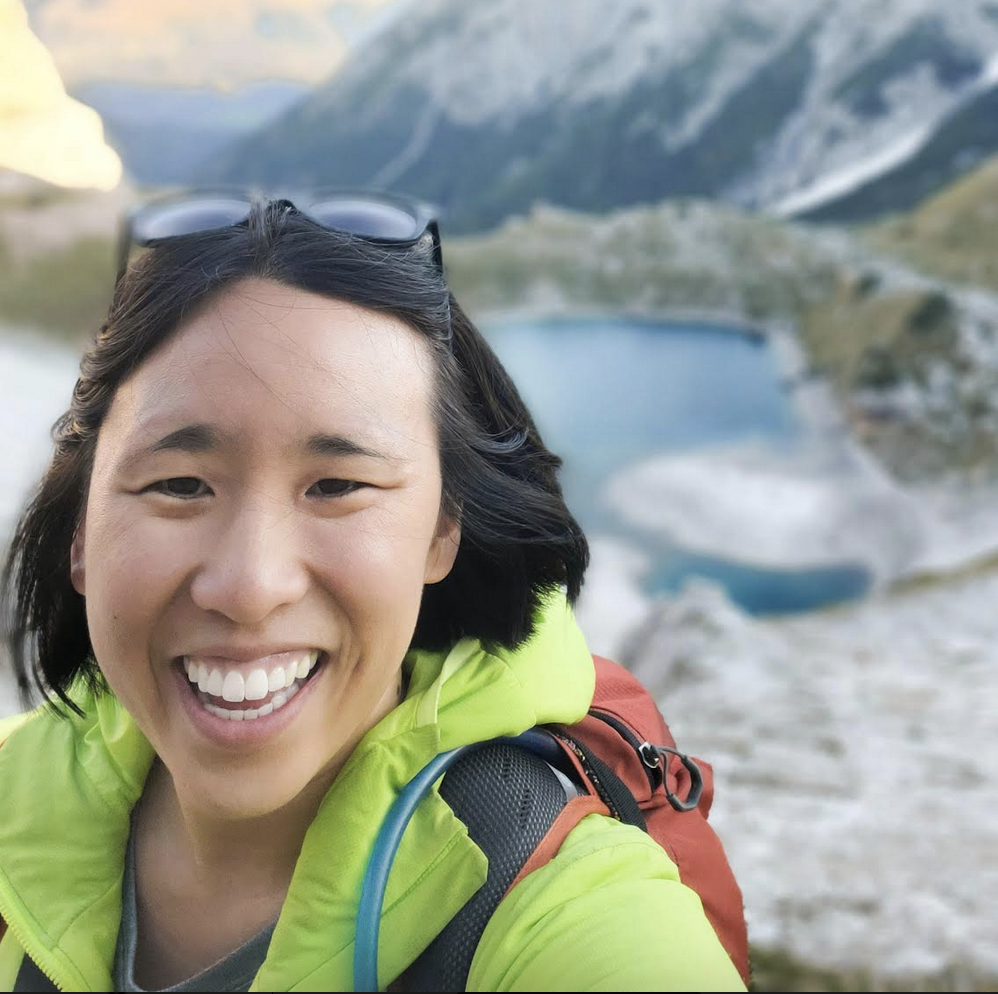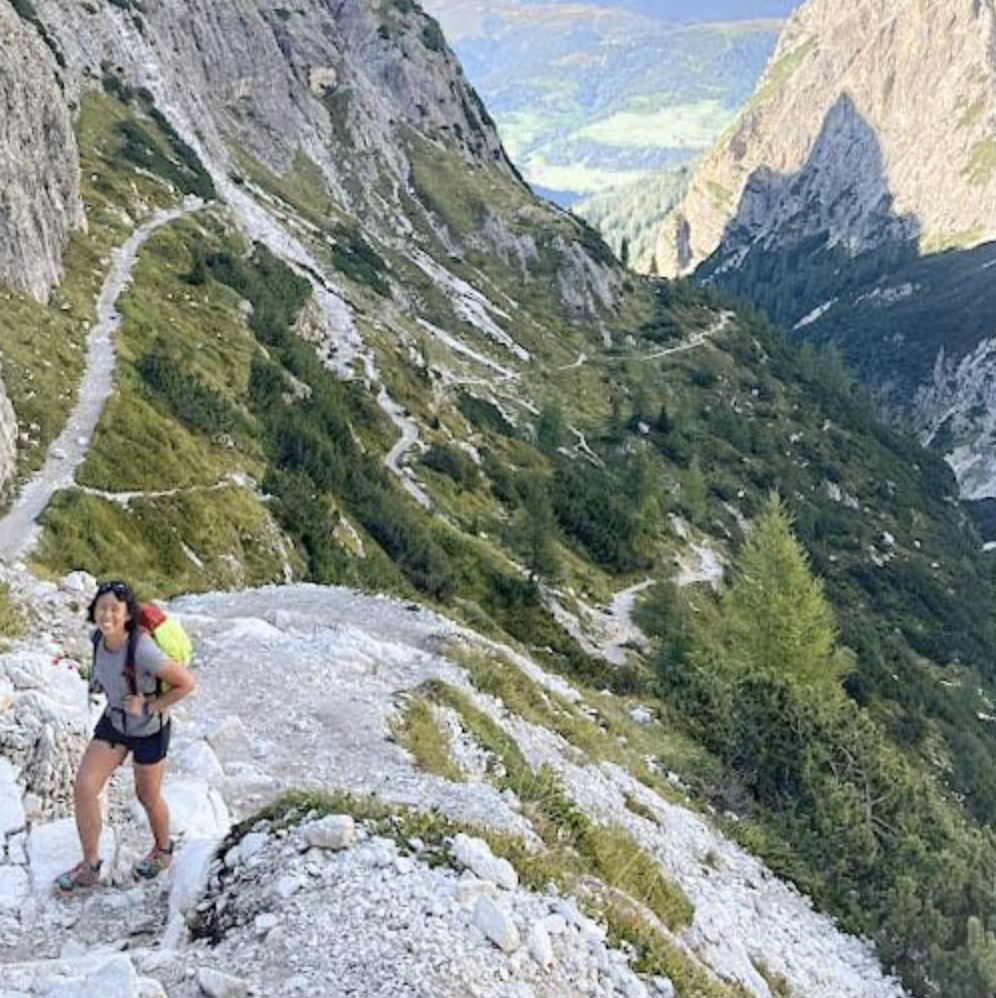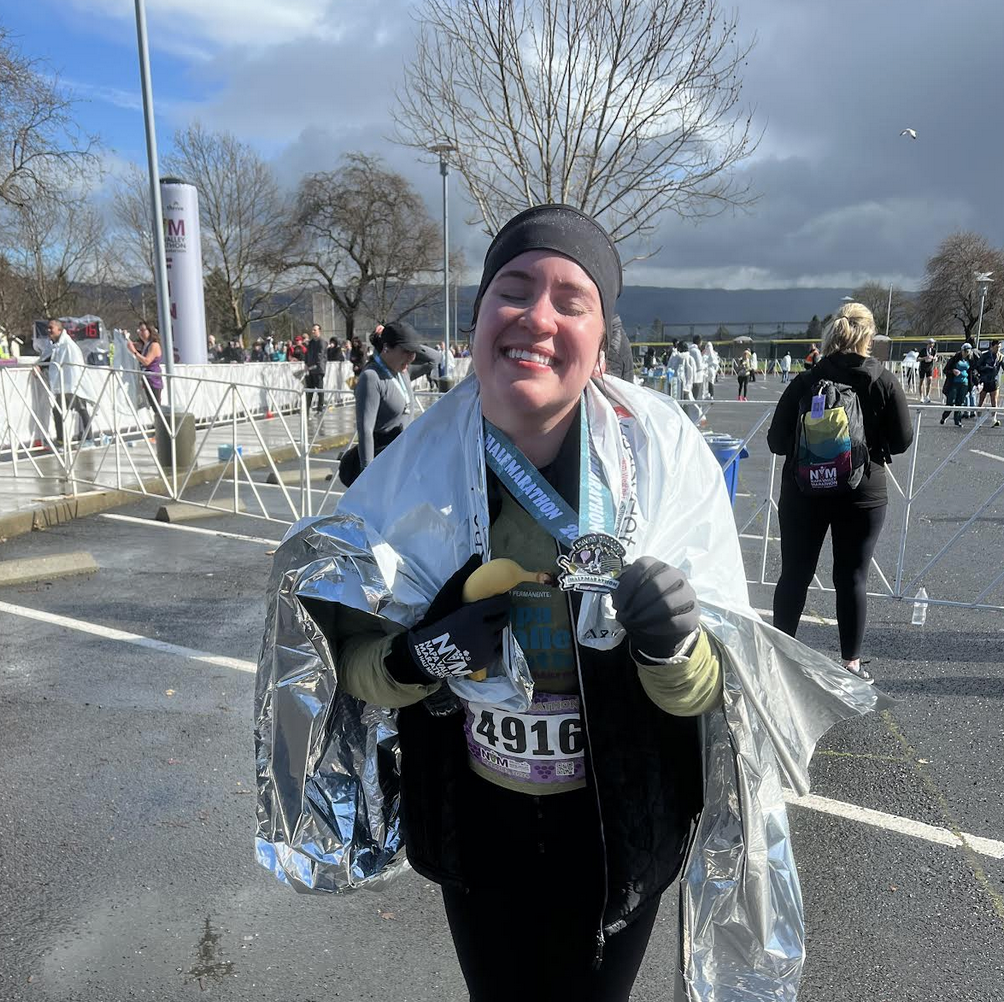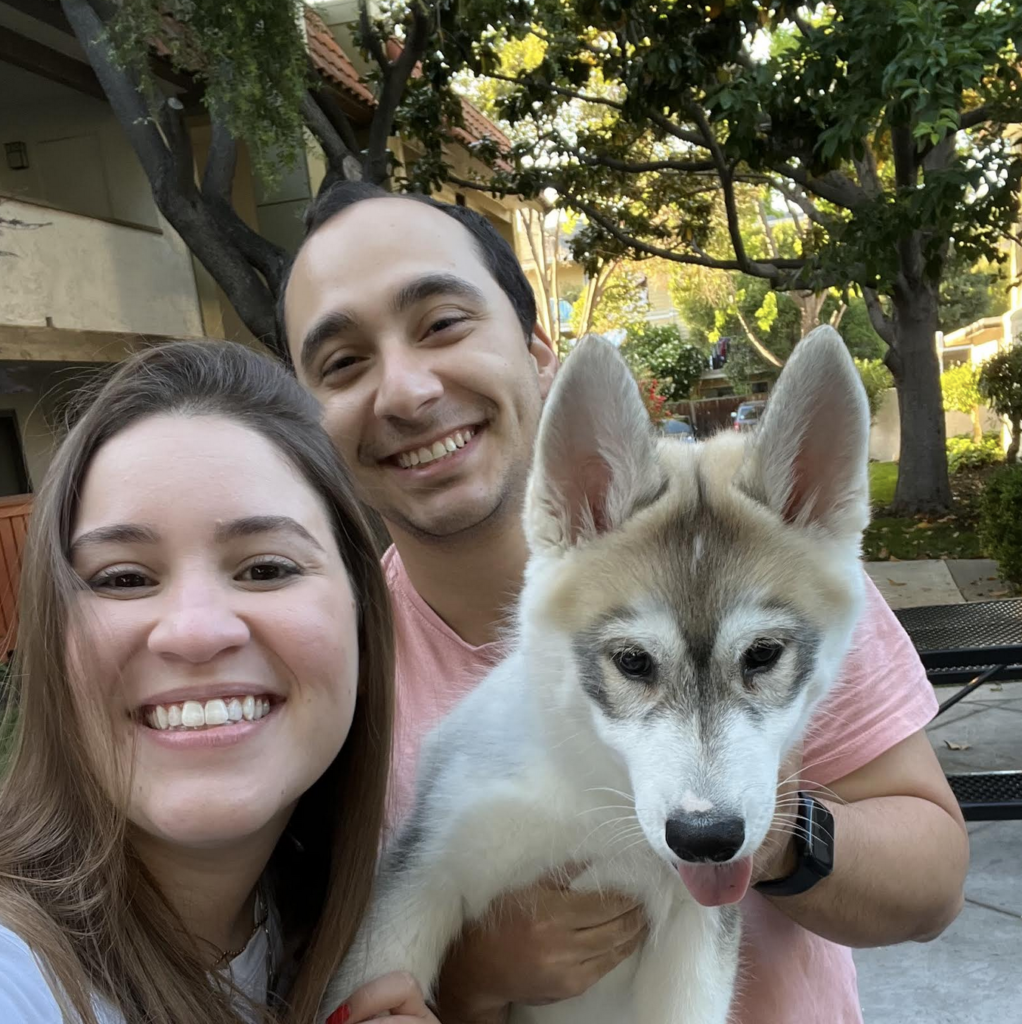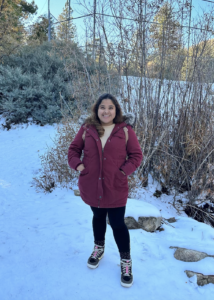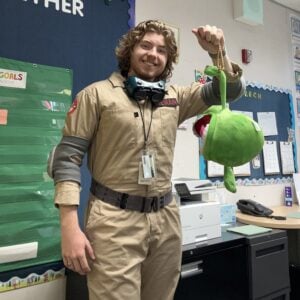Gross motor development is a critical part of your baby’s early growth. It lays the foundation for everything from crawling and walking to running, jumping, and even fine motor skills like writing or feeding.
My name is Poonam, I’m an occupational therapist at Joy and Laughter Developmental Therapy. Today, we’re going to talk about how your baby’s gross motor skills should develop.
What Are Gross Motor Skills?
Gross motor skills involve your large muscles that help you to do different activities like running, walking, crawling, and jumping. Comparatively, fine motor skills involve your smaller muscles (typically your hand muscles), which help you in different activities like eating, buttoning, writing, zipping, and many more.
In order for fine motor skills to develop, we first need to work on strengthening our larger muscles, our core muscles, our balance, our posture, and our coordination.
What Key Movement Skills Should Your Baby Develop?
As a baby is born, they develop their gross motor skills right from birth. Human beings are the only mammals who cannot walk, run, nor swim as soon as they are born. So, there is a hierarchical order of development that children have to go through.
From Birth to 2 Months: Head Holding
The first milestone is head holding. When babies are born, they need to learn to hold their head, especially once they start doing tummy time and rolling over. This happens between birth to two months.
3 to 6 Months: Rolling Over
The next stage is learning to lie on the tummy and roll over from side to side. Babies typically start rolling from left to right and right to left between 3 and 6 months.
6 to 9 Months: Sitting
Then babies learn to sit up. They first learn to sit with support. They could be supported against a ball, against a pillow, against the wall, against mom or dad if they’re sitting on their lap. And then they start learning to sit unsupported. And that happens within six to nine months.
By the end of 8 to 9 months, baby should be sitting independently; and that’s why the milestones spread out across months, because they have started to learn that skill and then they slowly master that skill.
8 to 10 Months: Crawling
Crawling is a major milestone. It helps build the arches of the hands, shoulder stability, and core strength. It’s like a mini push-up where the baby supports themselves on all fours without falling.
And it’s a great stage for them because all this time, they were just laying on their back or laying on their tummy or sitting in one place, but now they get to move around. It’s the most fun stage for them.
10 to 18 Months: Standing and Walking
All this time, your baby was sitting or crawling; but now they get to stand and look at their environment all around them. Now they’re standing tall, and that’s such a great thing for them. They start standing with support, such as holding a chair or holding onto the couch, because their muscles are still developing. Their muscles are still getting strong, they’re learning to put weight on their feet, which they hadn’t done for all these months.
Soon after, they’re going to start standing without support. Then they learn to sit down safely, either by landing on their bum or by kneeling down.
Walking develops between the ages of 10 to 18 months. And again, kids learn walking sideways first, where they will hold on to furniture and start walking side to side. Then they will start walking while holding your hands. Then they start walking holding one hand, and then they’re walking without any support and then they start running.
Why It’s Important Not to Skip Milestones
Sometimes children skip crawling and go straight to walking—but we still encourage them to crawl. Crawling is important for developing:
- Bilateral coordination (using both sides of the body together)
- Weight-bearing on hands and knees
- Body awareness (understanding where their body is in space)
- Balance and upright control
- Hand development, including strengthening the arches and stabilizing the shoulders
All of this supports future fine motor skills, like handwriting and self-care tasks.
Don’t Rush the Process
Sometimes we push our kids hard to develop all these gross motor skills as fast as possible, but we really need to give them time to master those skills. Learning a skill is different from mastering a skill. Yes, you can hold your kids when they are just sitting and try to help them walk and be like, yay, my kid is walking with support.
But is your child really ready for that? Has your child developed their leg muscles strong enough to bear weight, to stand upright? Or are they using compensatory techniques by using other muscles, like having their knees really hyper extended so they can stand? And it’s not a good thing to put all that pressure on your child because the muscles are not fully developed. They could end up having a fear of standing or falling, and they might try to avoid that skill.
Sometimes we may give a child a walker to learn to walk, but that could also lead to poor core strength and poor body coordination.
How We Evaluate Gross Motor Development
At JLD, we have physical therapists who do standardized tests like the Peabody Developmental Motor Scales to evaluate their gross motor skills and help the children achieve those age appropriate skills.
Peabody is used for kids from birth to 5 years and 11 months; and when they pass that age, we have other standardized tests for higher age groups. But right now, since we’re talking about babies from birth to one year, this is the most commonly used test by PTs and OTs for gross motor skills and fine motor skills.
What Babies Really Need to Grow
More than anything, babies need:
- Floor time and tummy time
- Opportunities to explore their environment
- A consistent daily routine (including naps and meals)
- Interaction with parents, grandparents, and siblings
- A healthy diet
- Adults who model movement, play, and behavior
What they don’t need is constant screen time. In fact, we recommend no screen time for children under 2 years old. Instead, focus on real-life engagement, play, and sensory experiences.
Contact JLD Therapy for Personalized Support
I hope this helps you. If you have any other questions, give us a call, email us, check our blog, our website. Thank you so much for your time. Have a great day. Bye.
